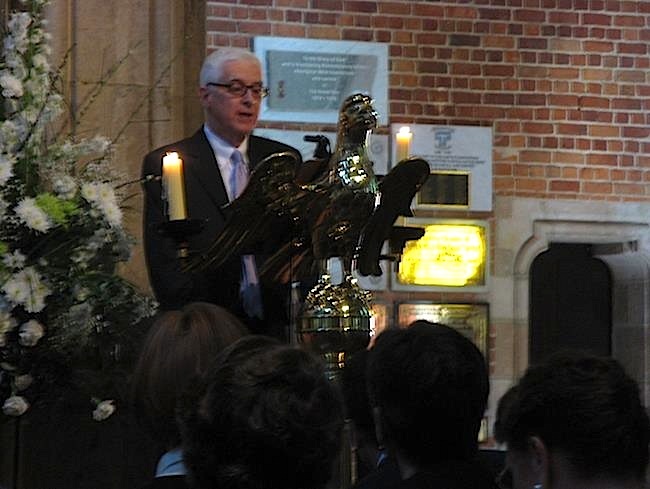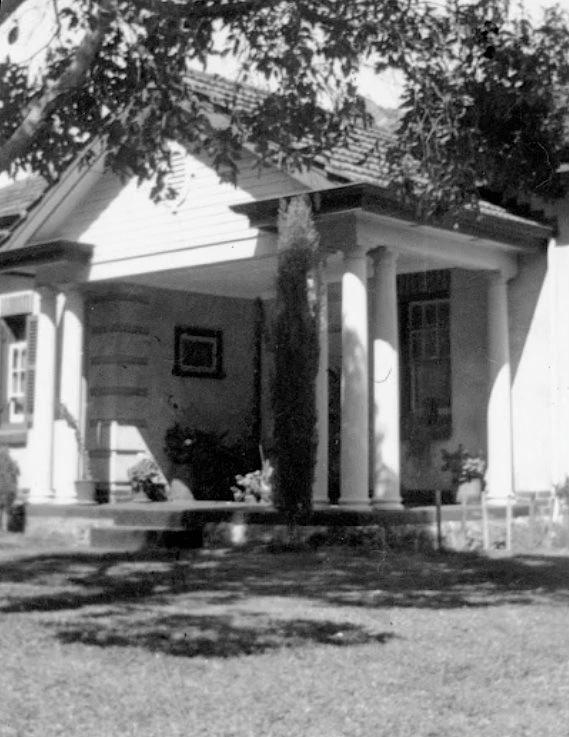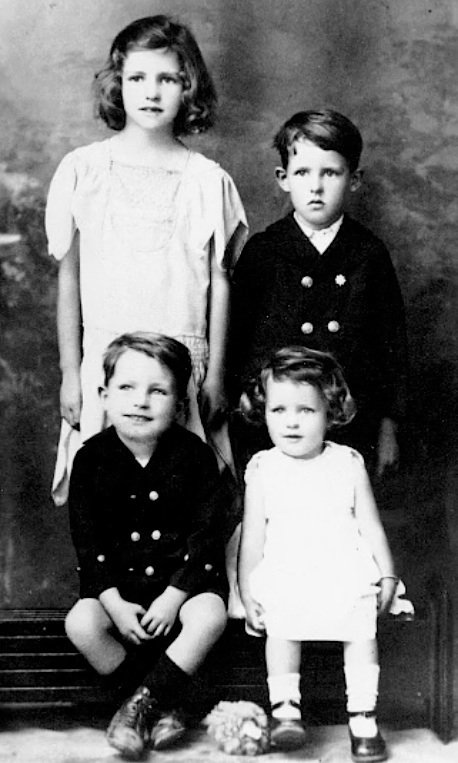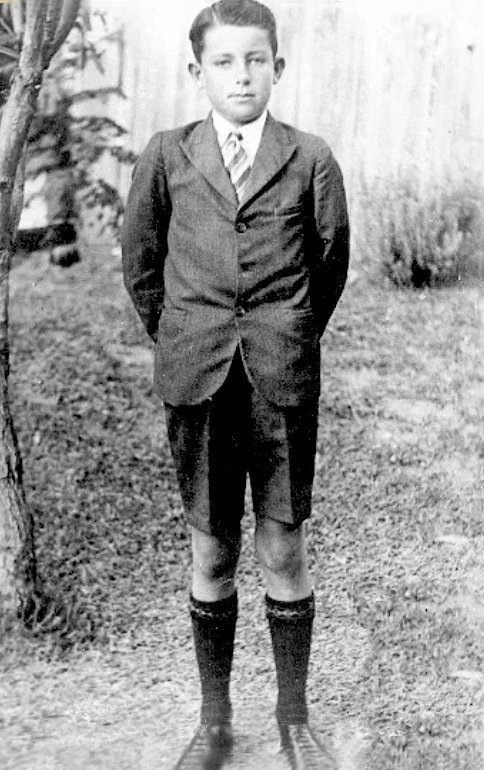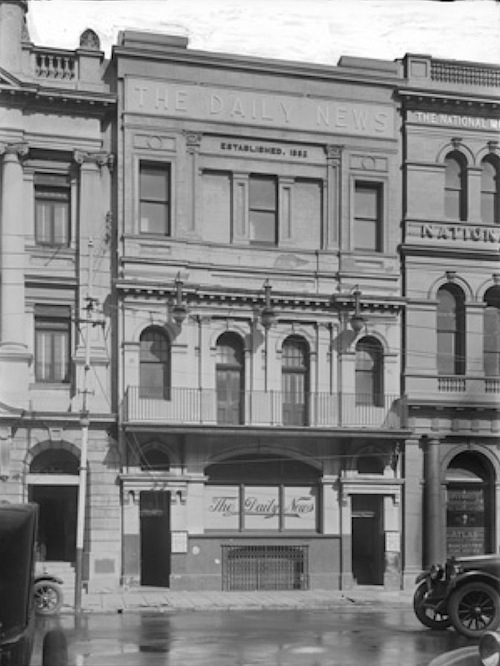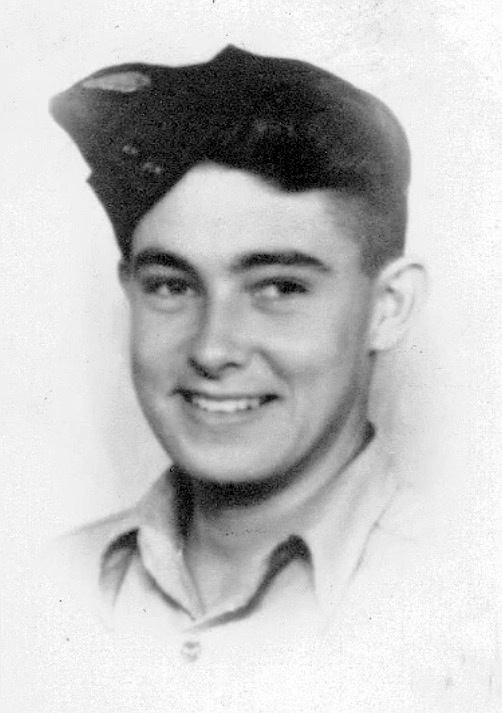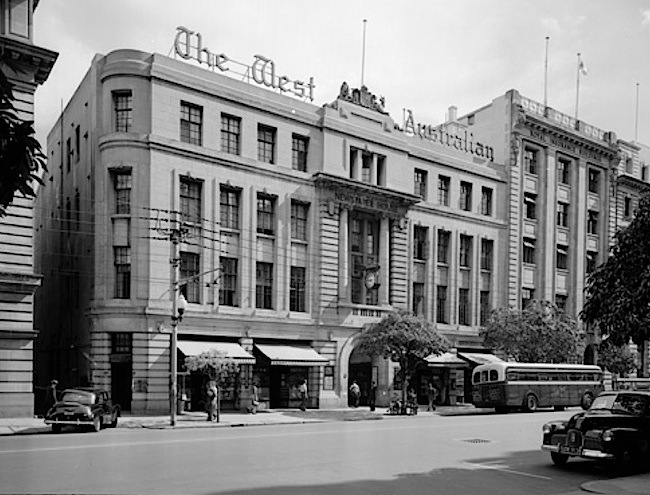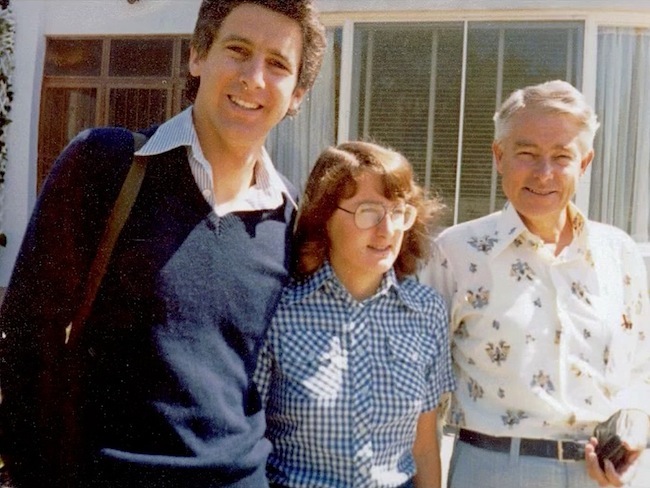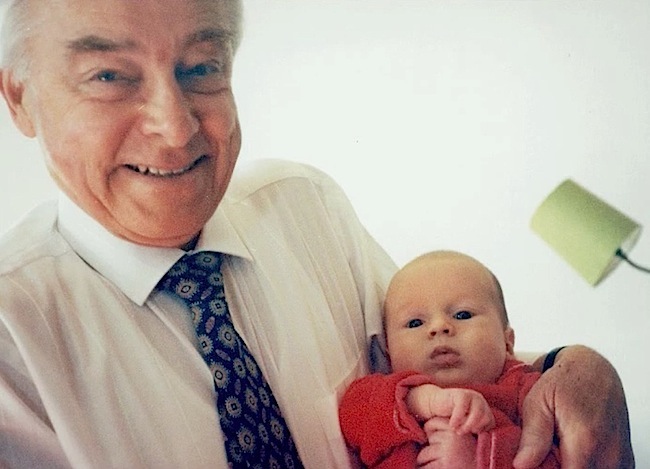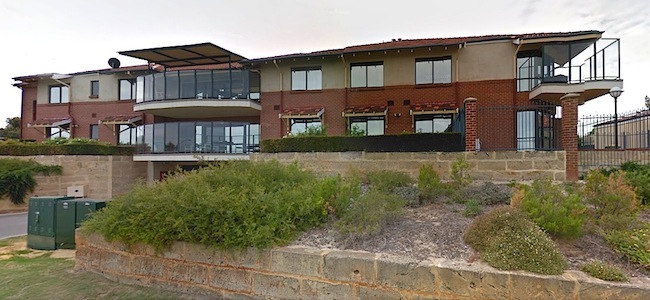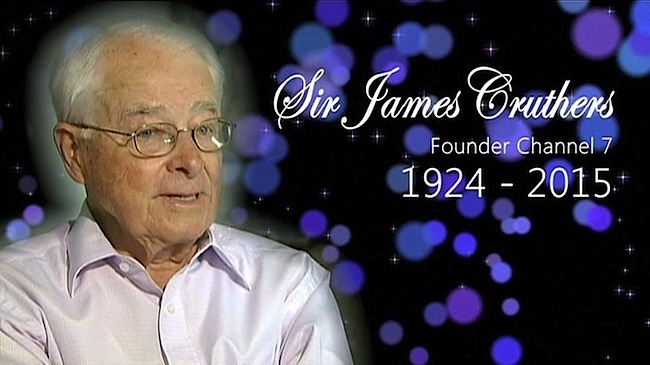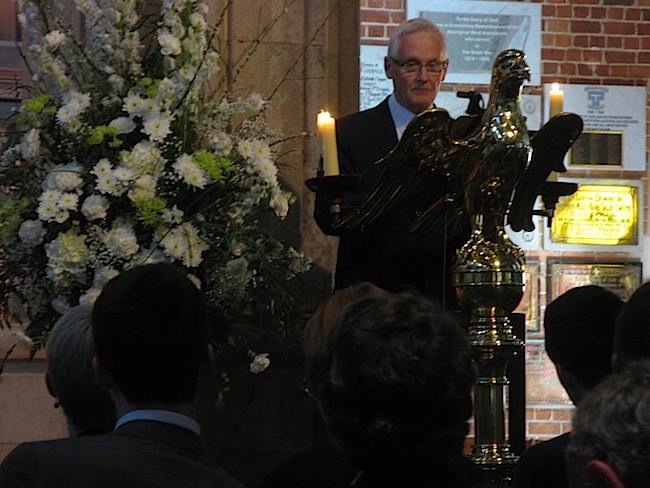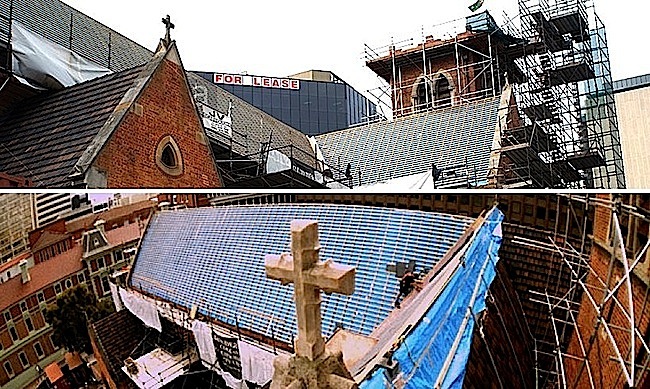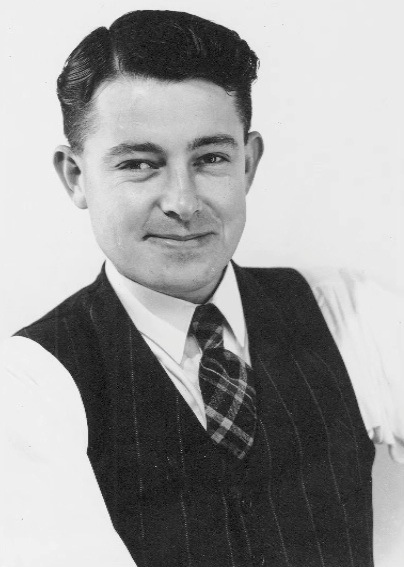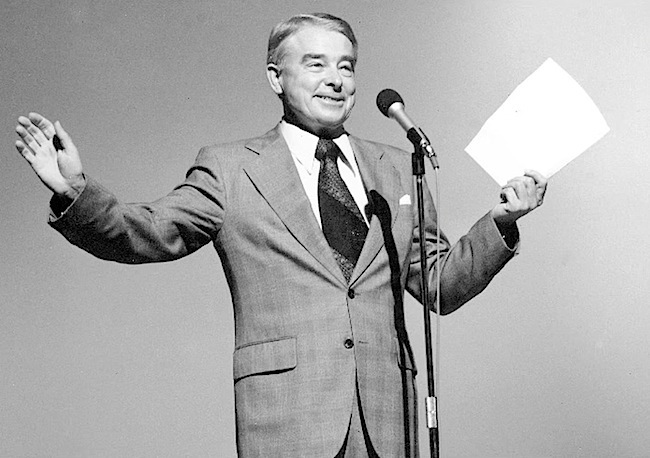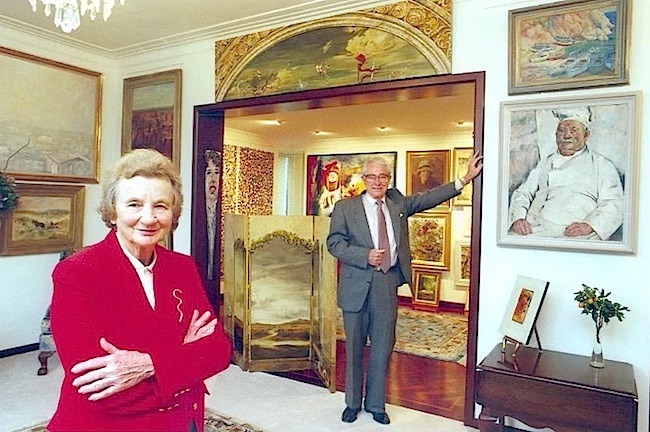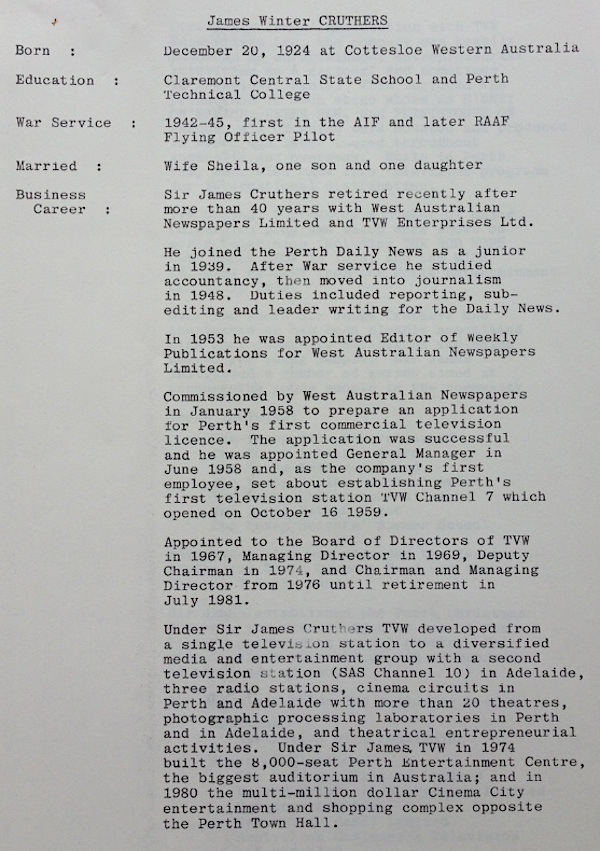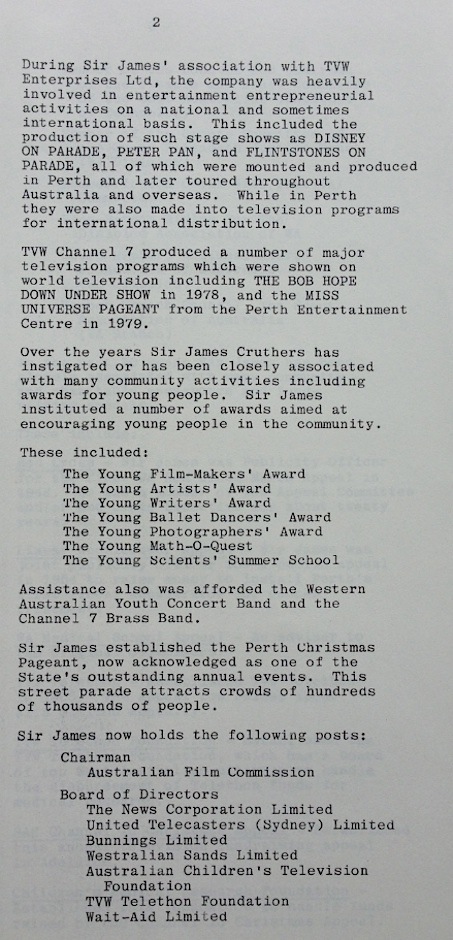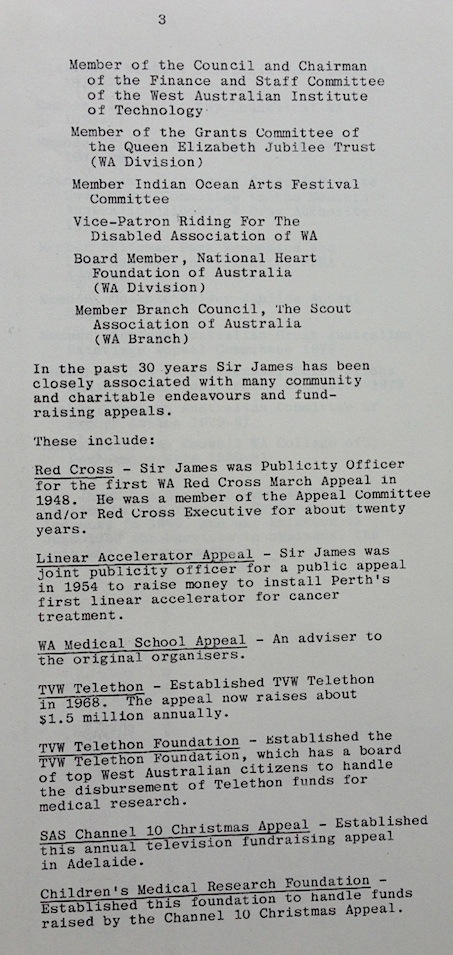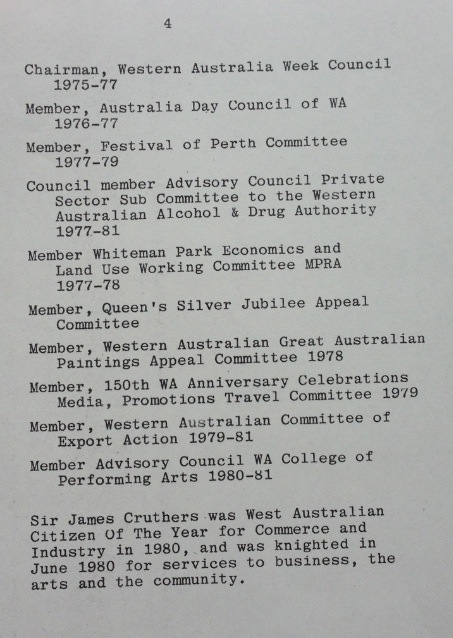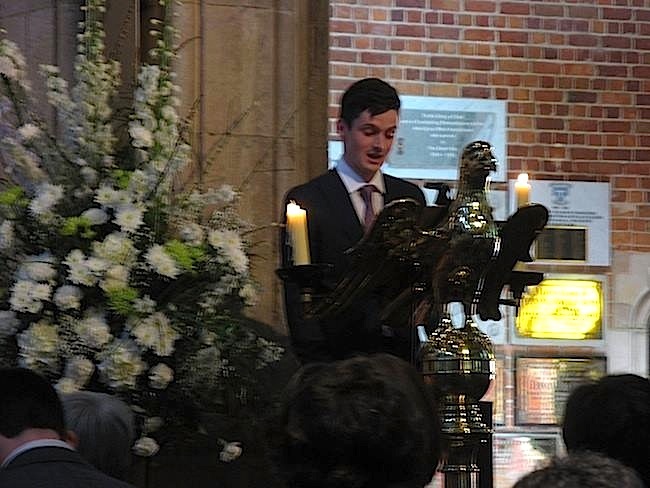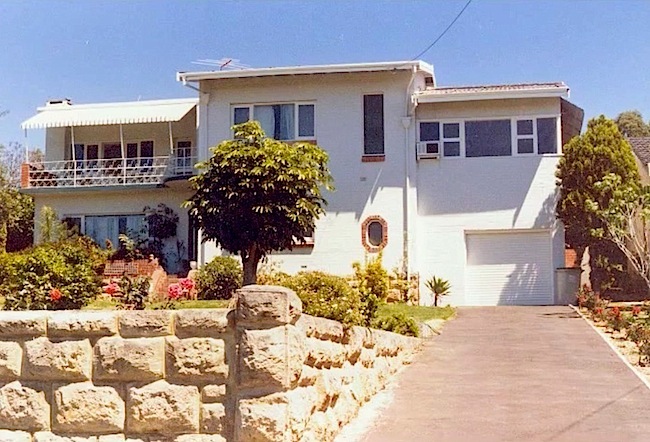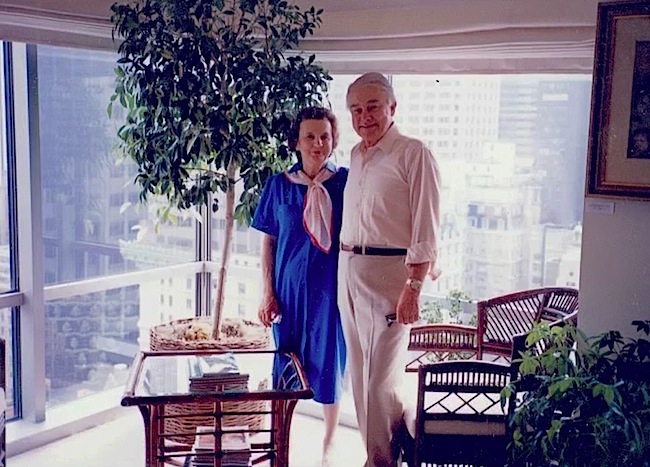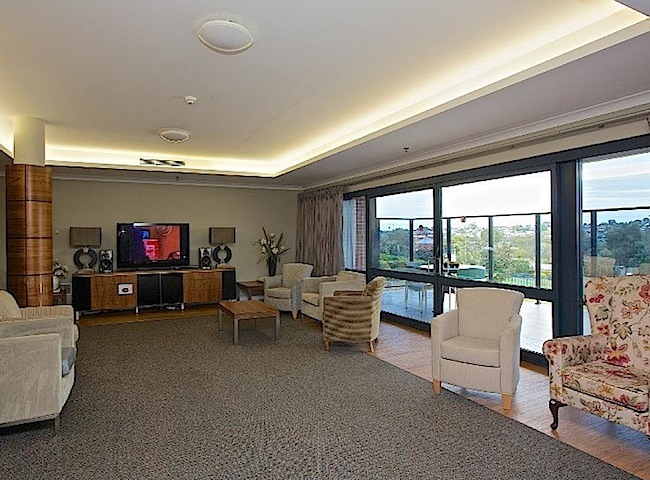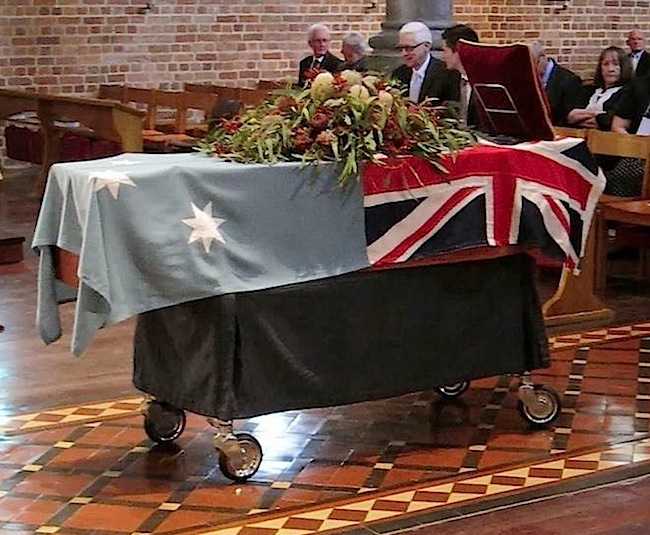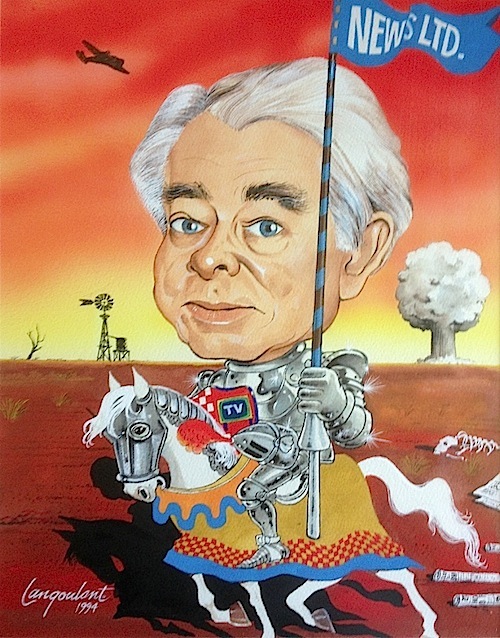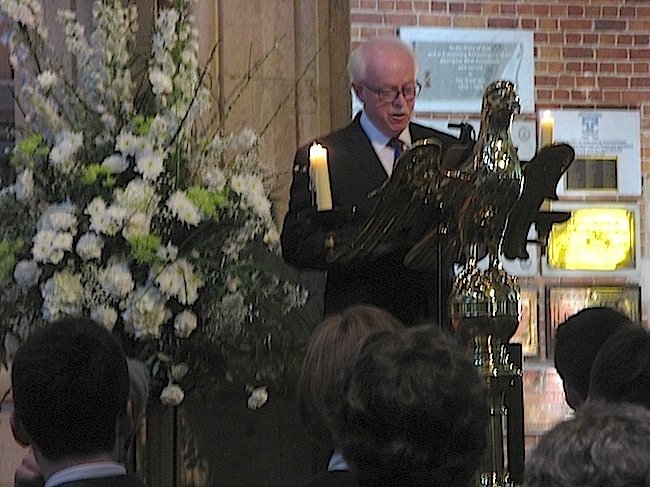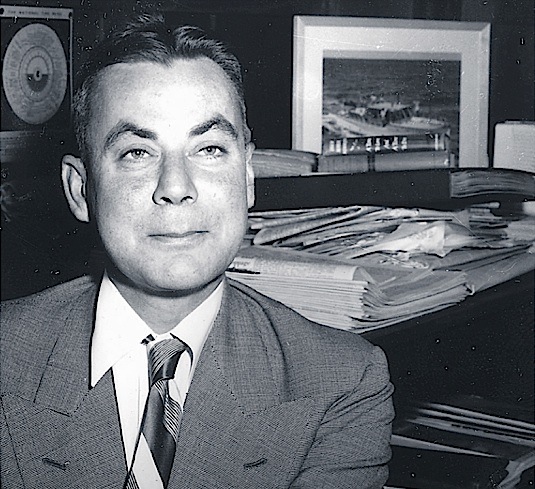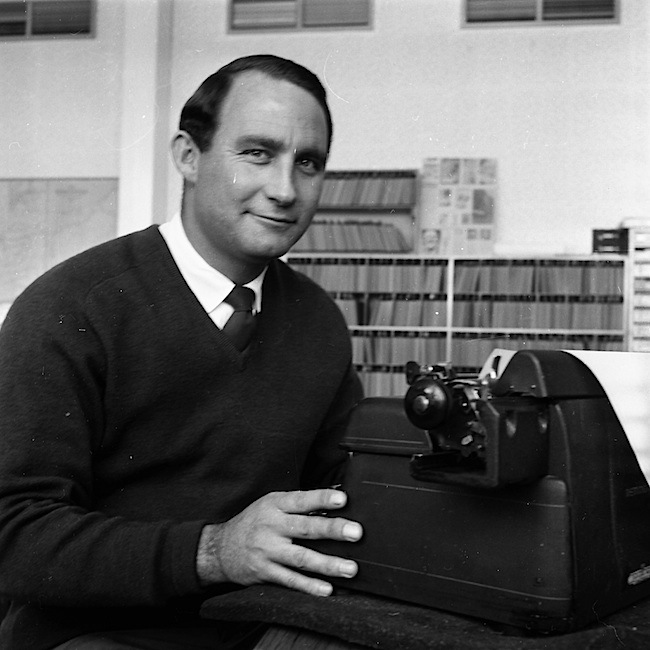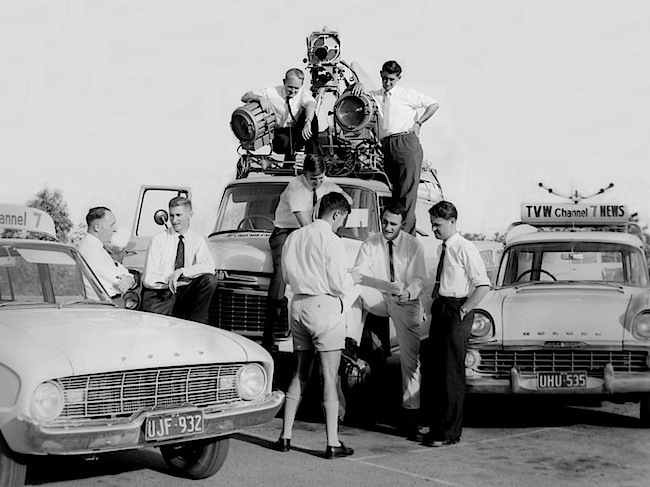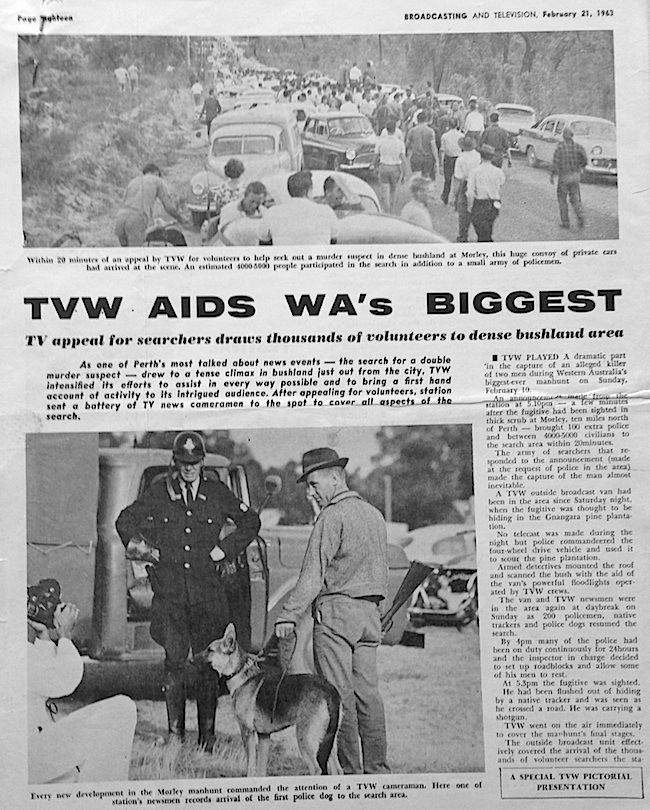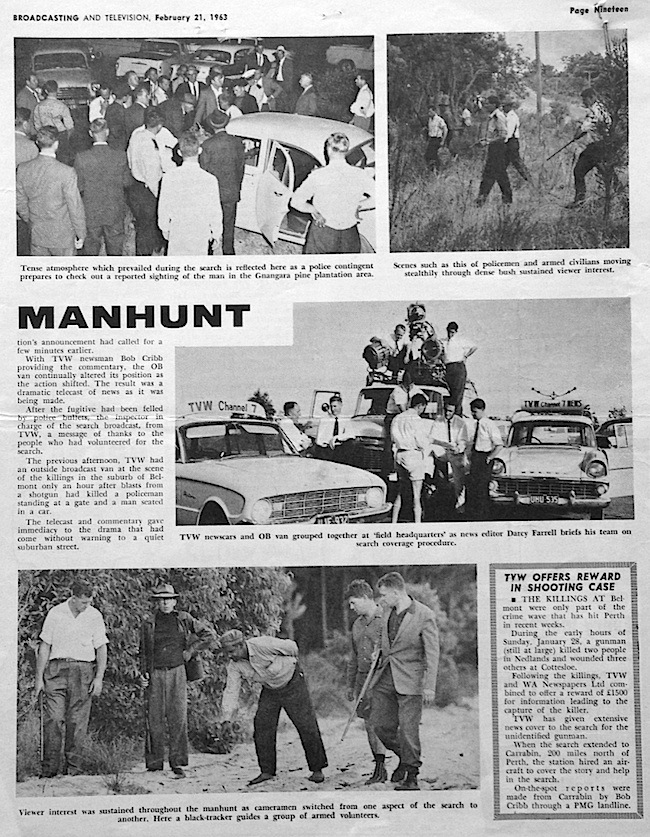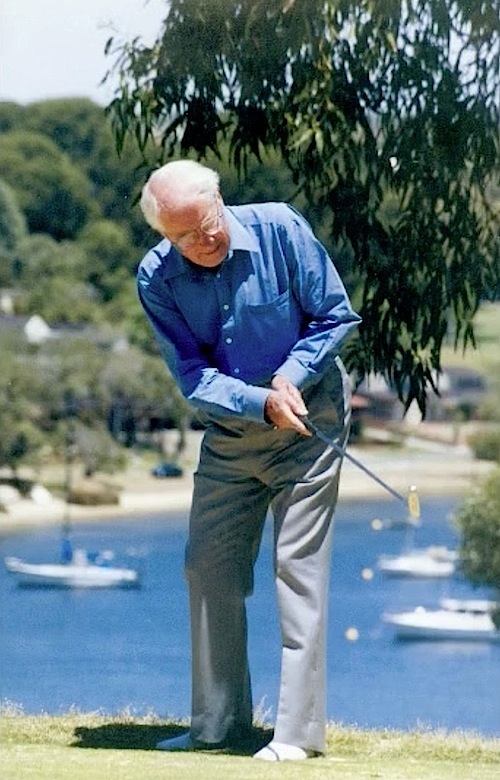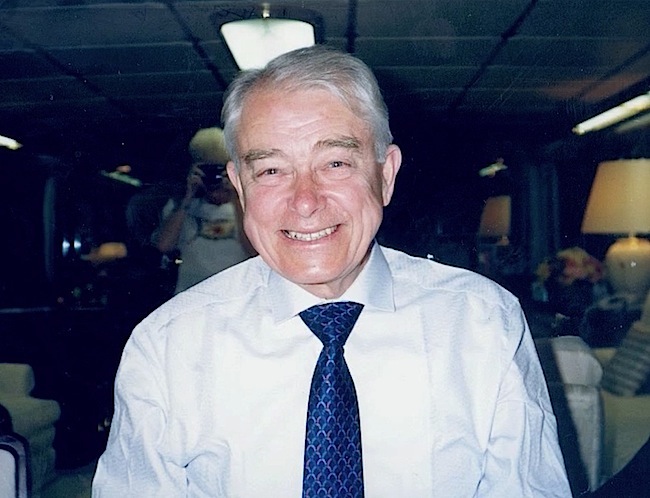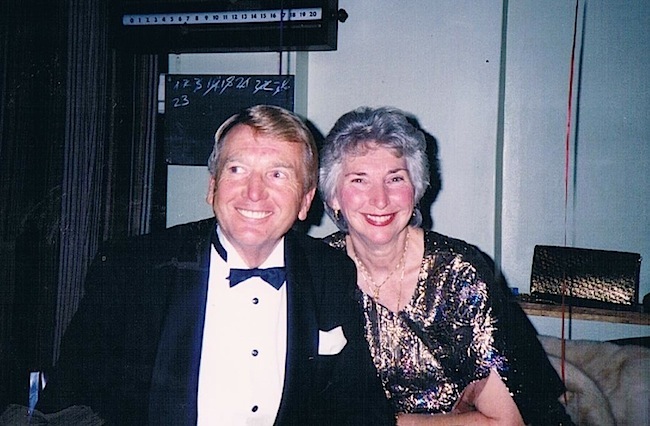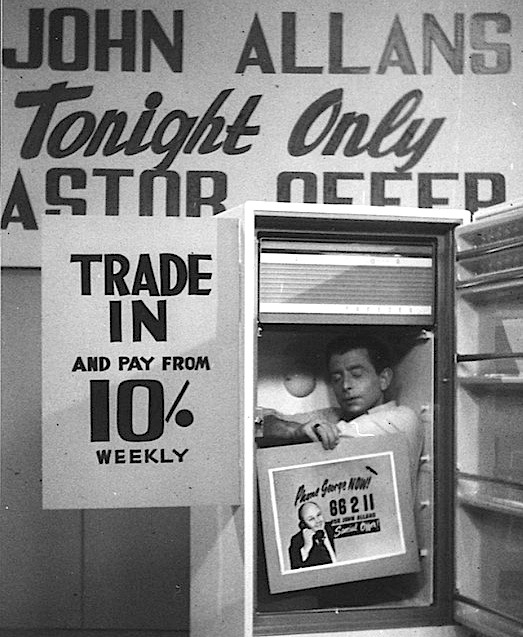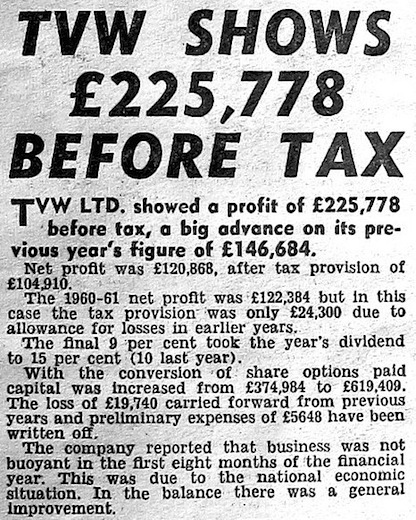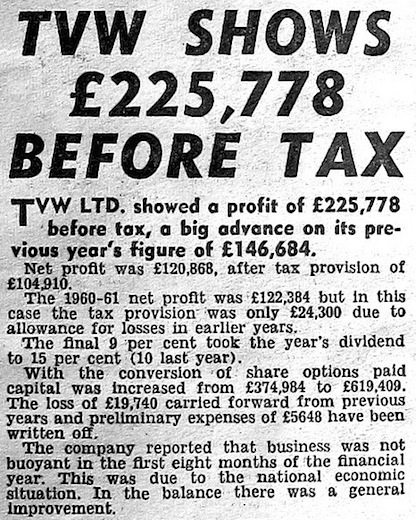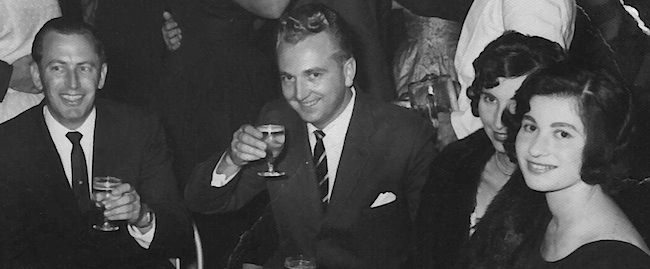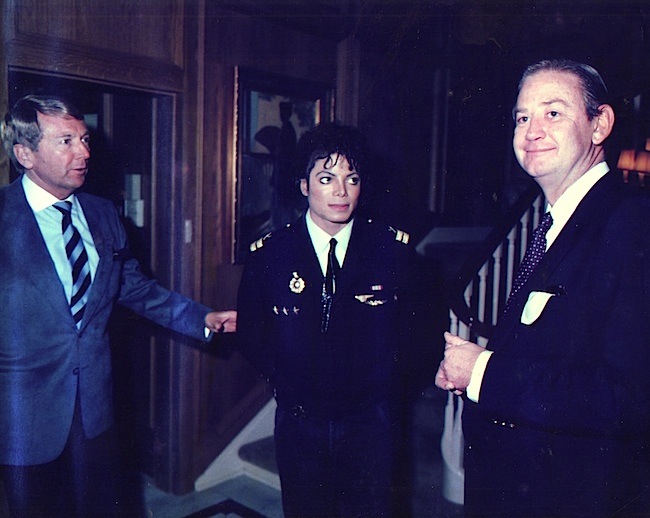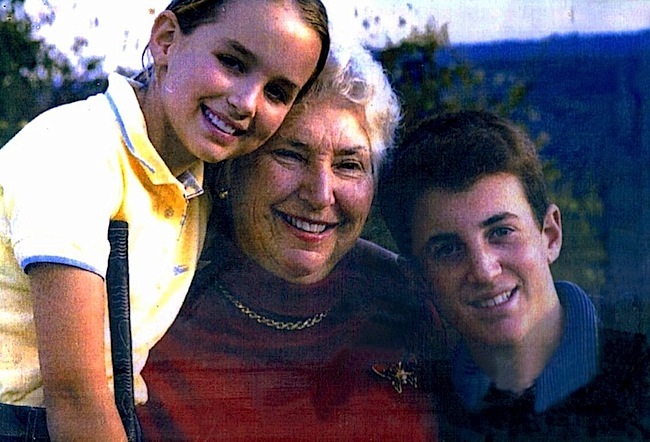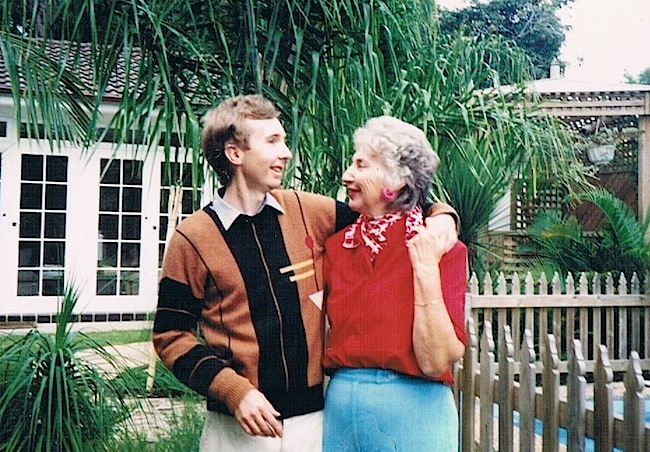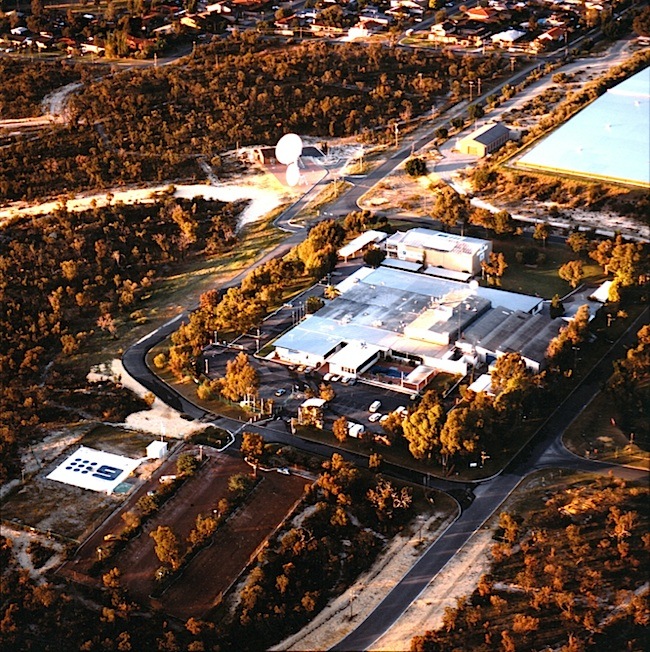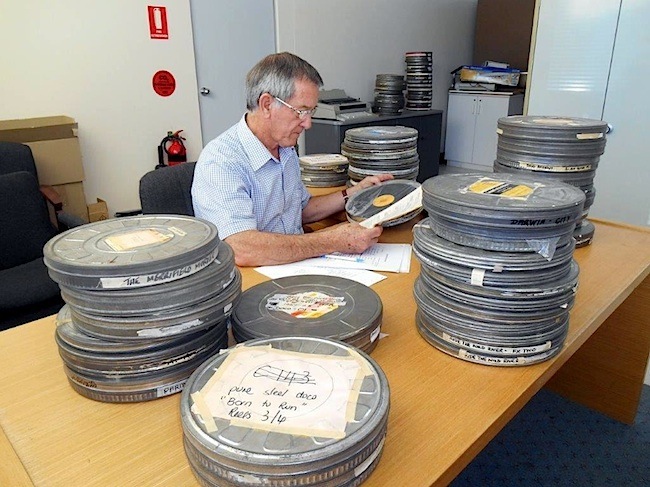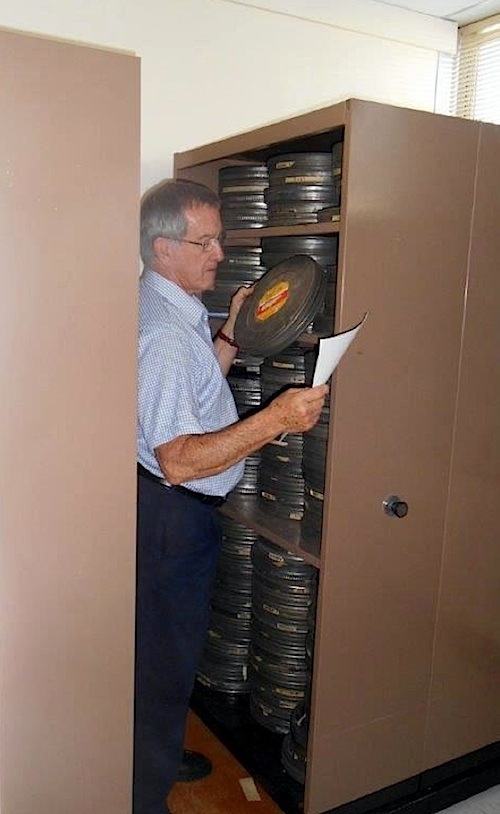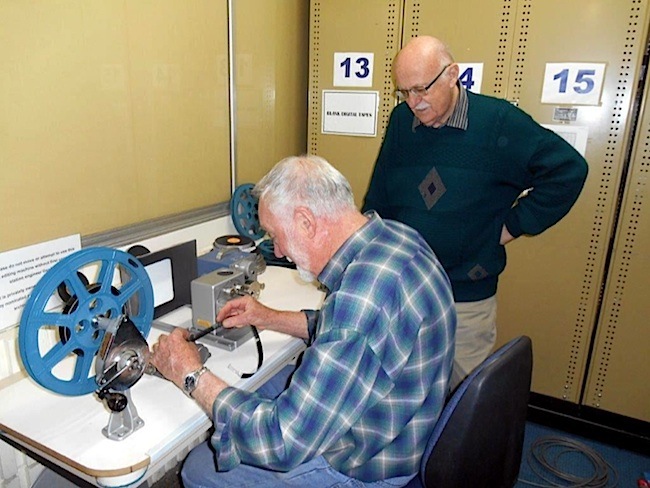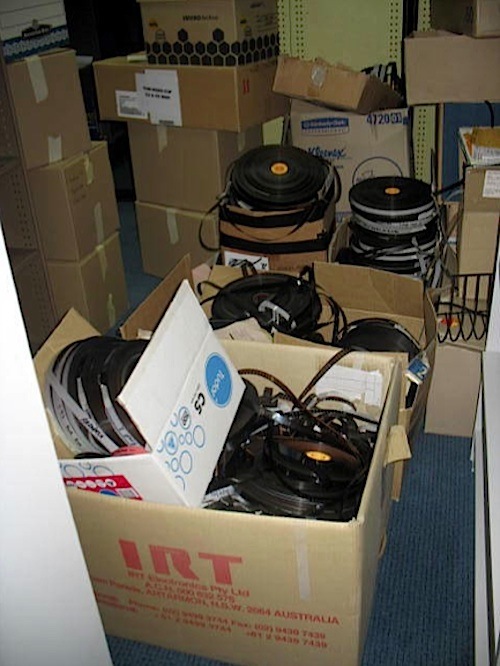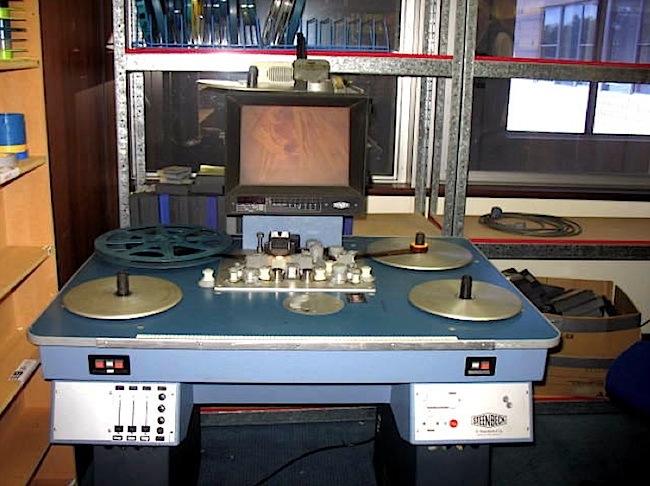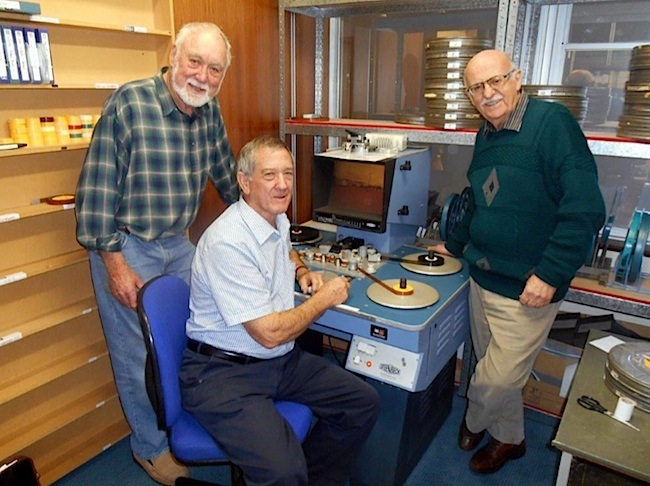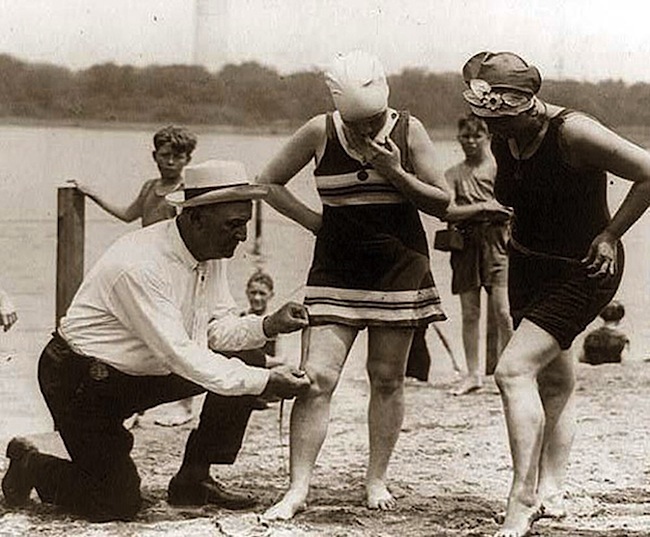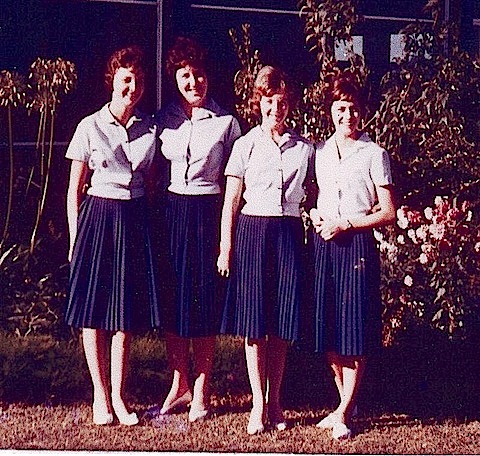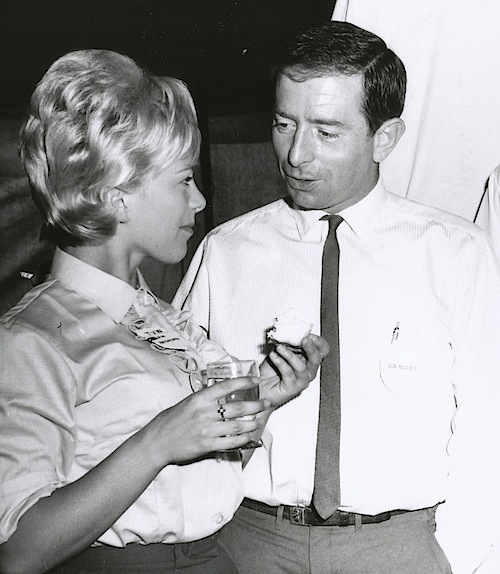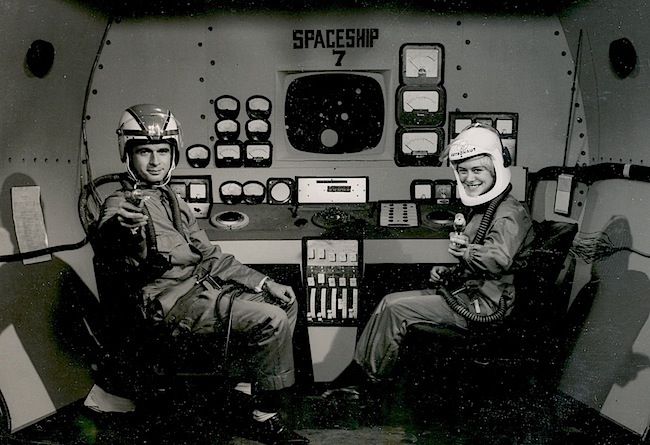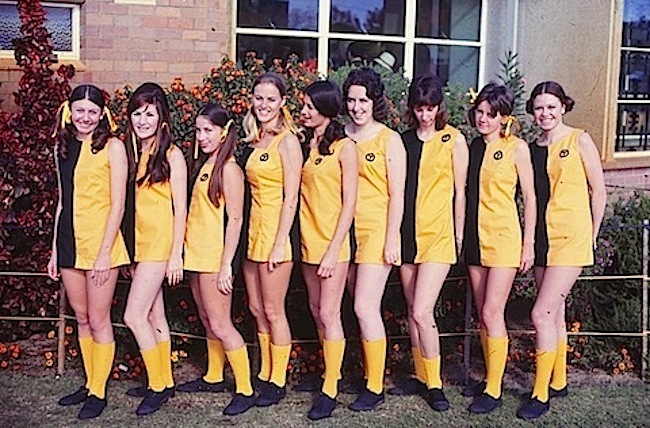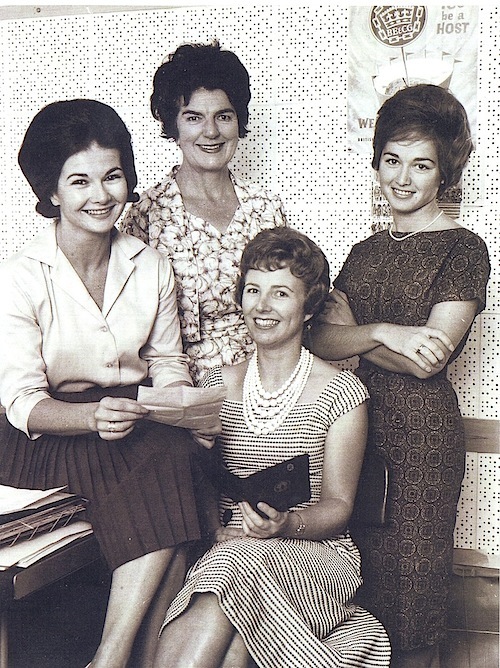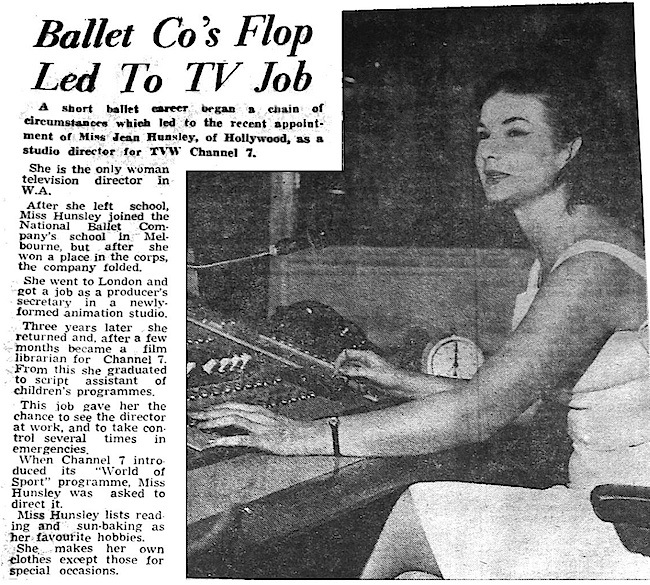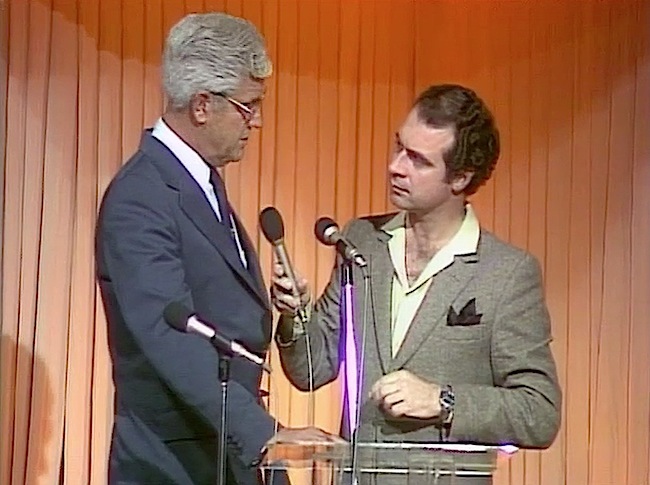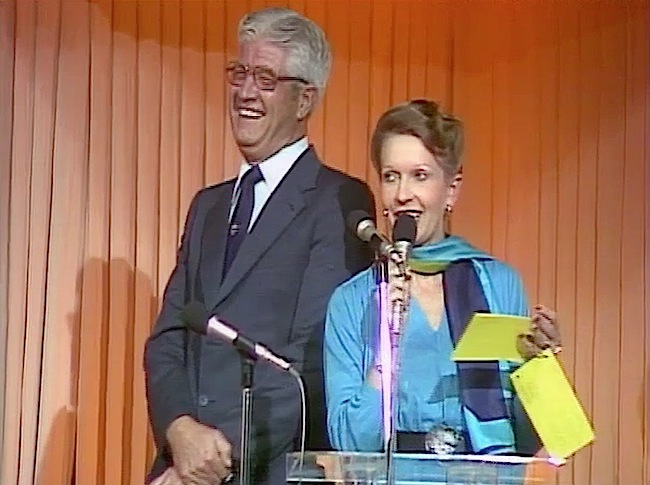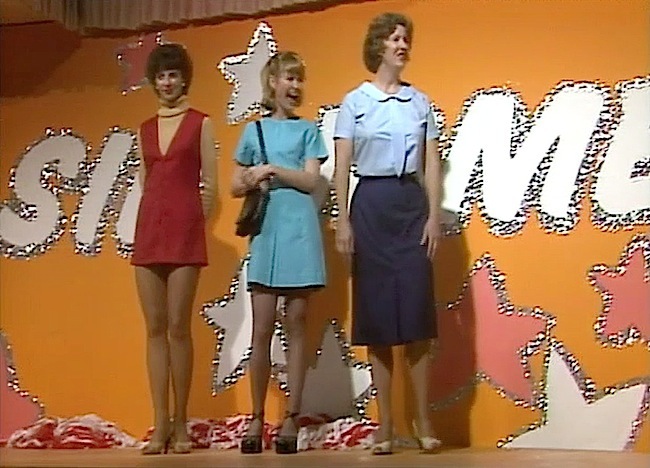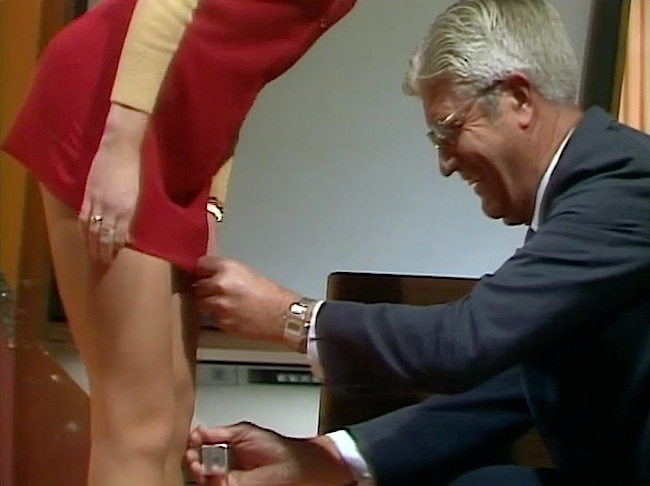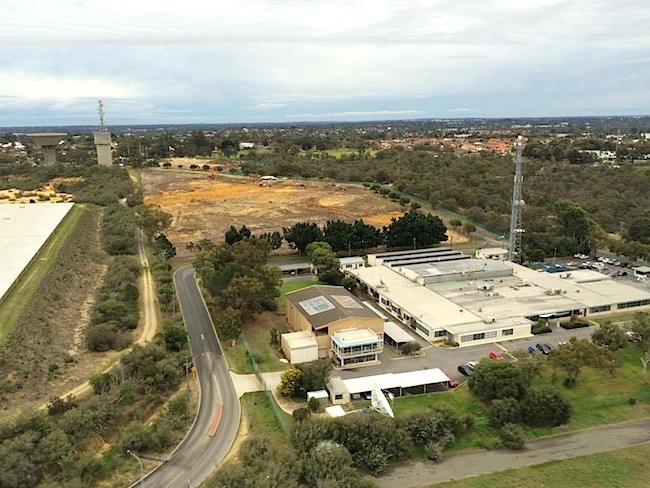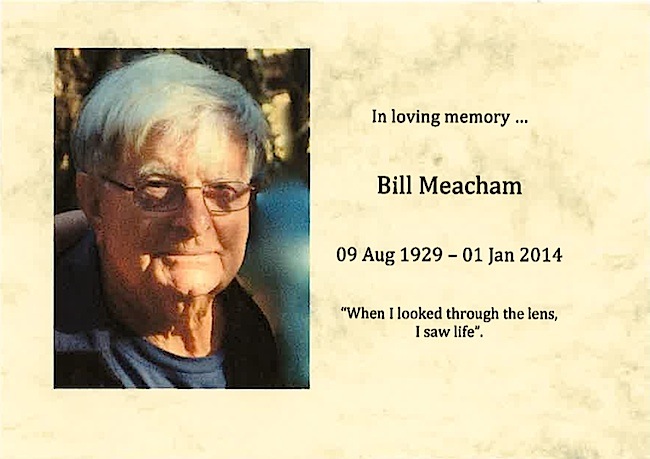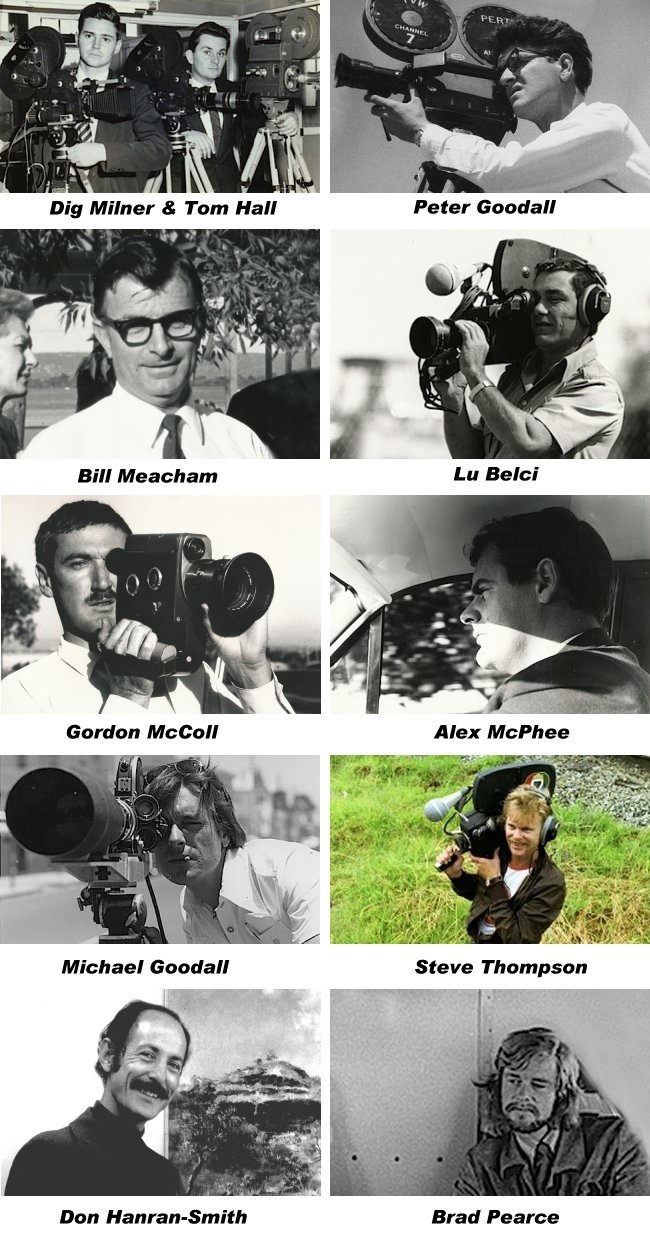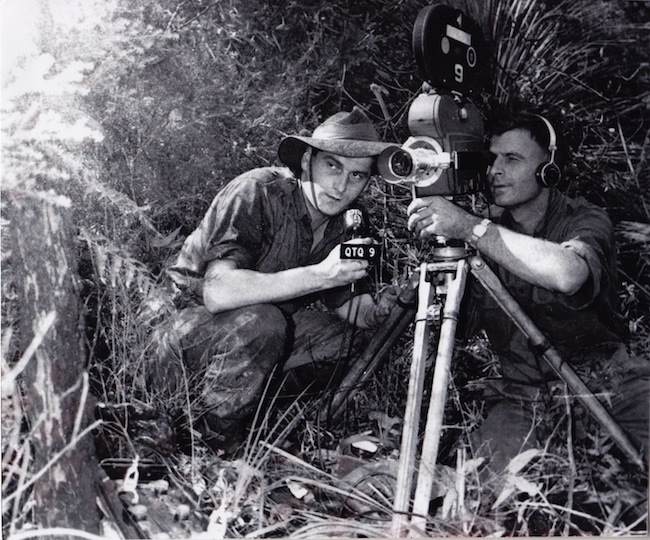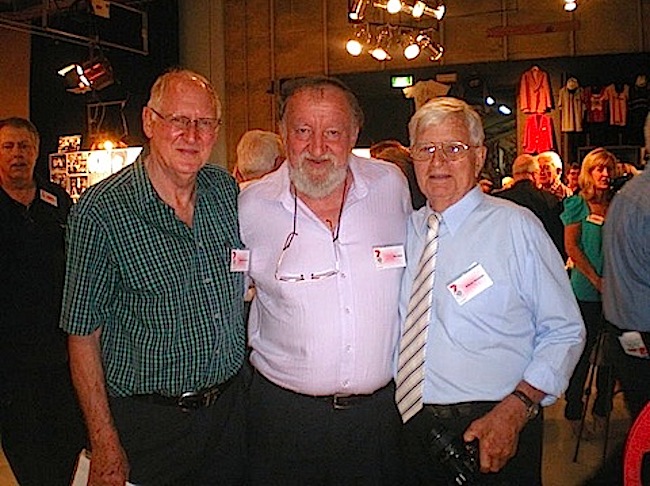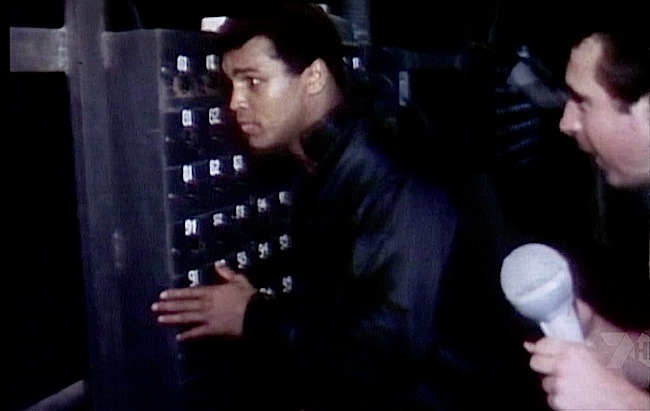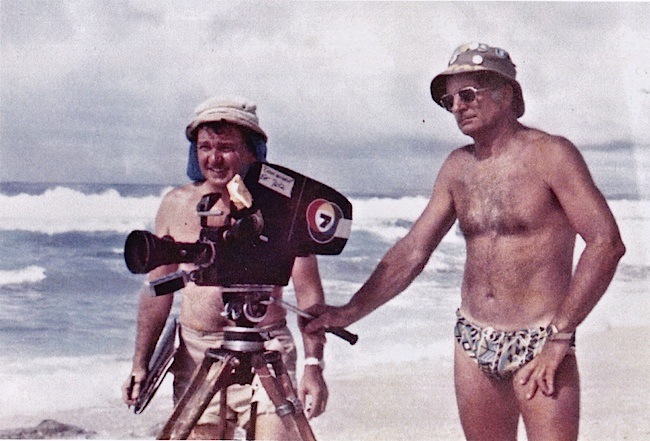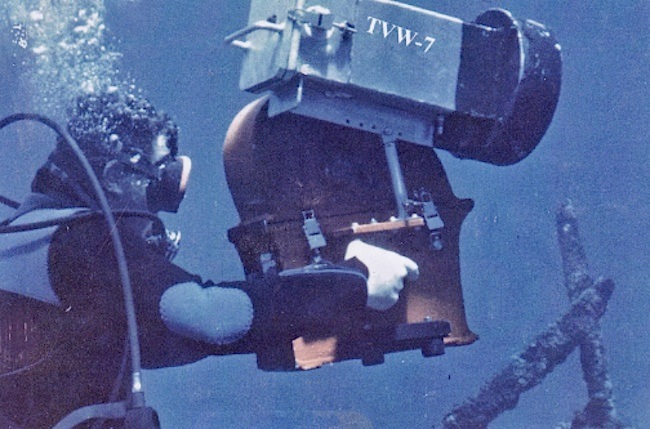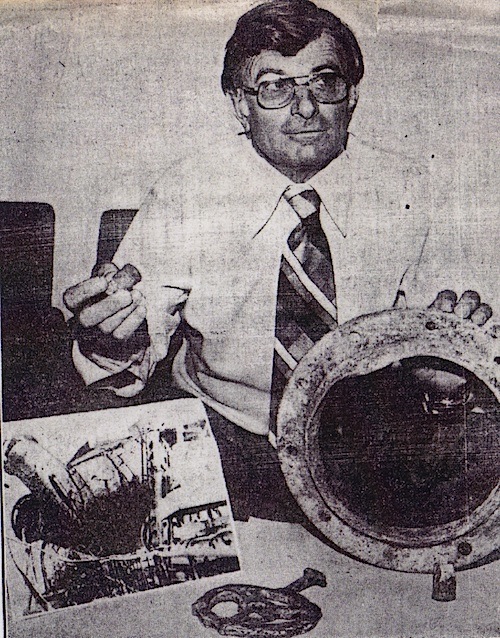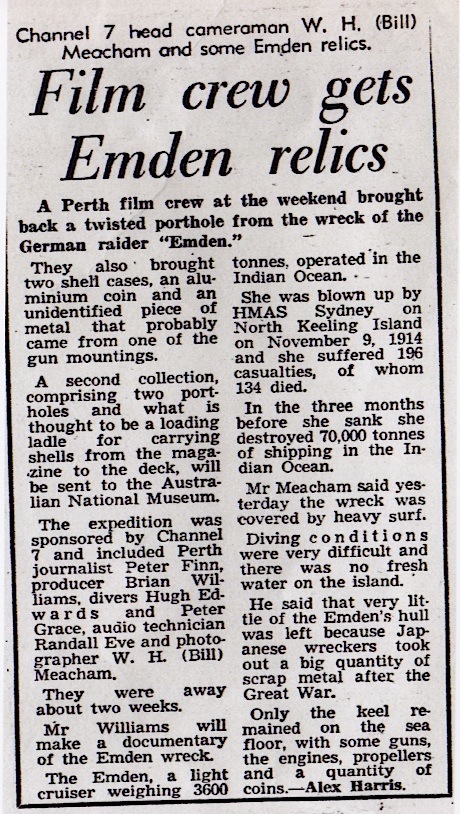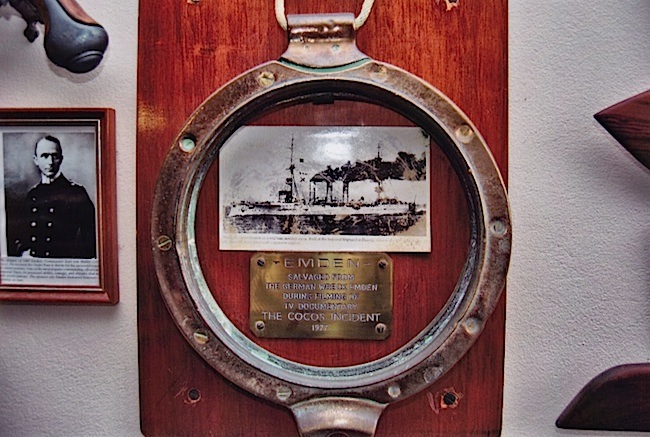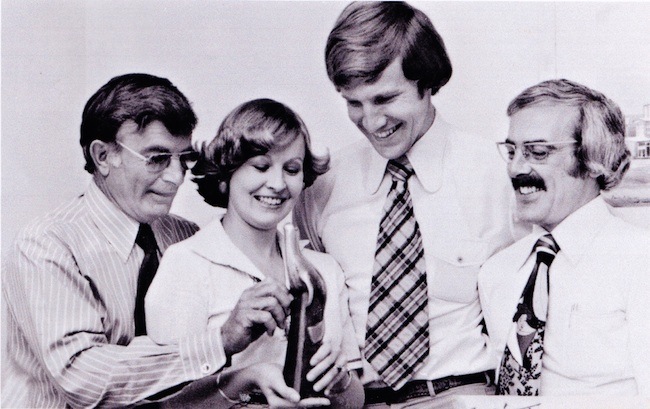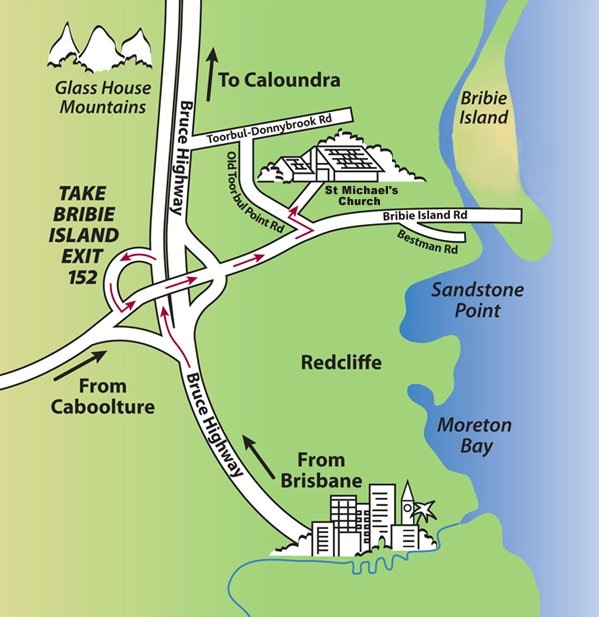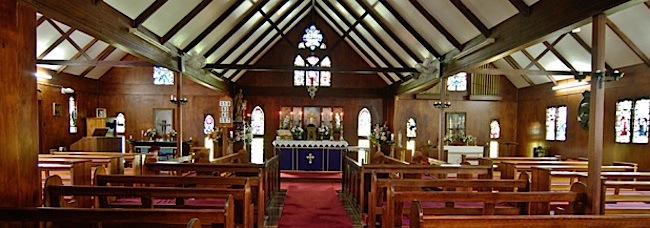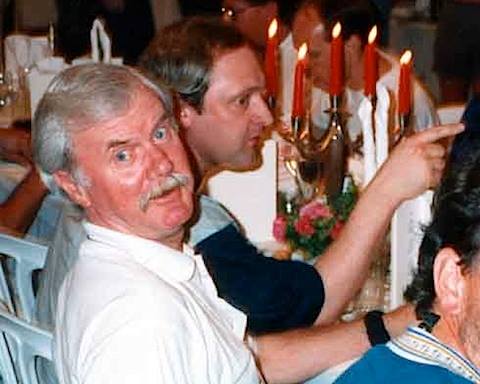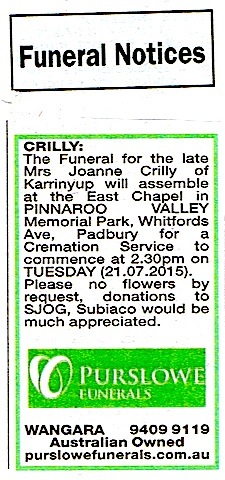Tribute to Jan Vermazen and an era of Film
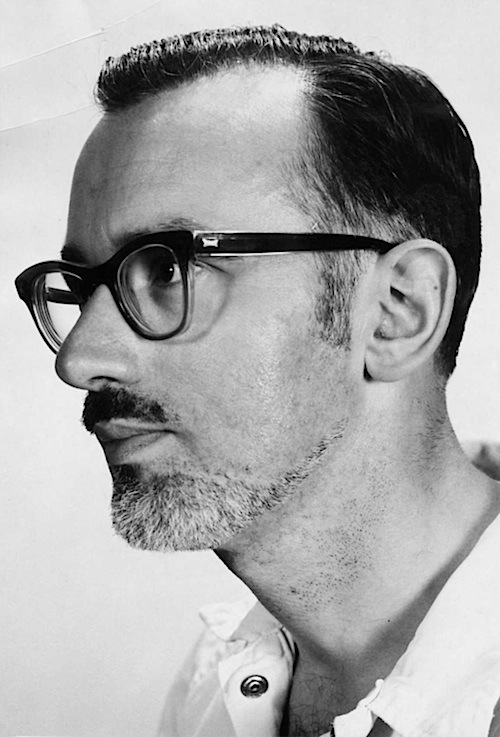
Jan Vermazen was one of the original Channel Seven Perth employees, and a very important person during the film era.
Early news staff included not only Darcy Farrell as News Editor, but also journalist Ross Cusack, cine cameramen Peter Goodall, Digby Milner, Tom Hall, Lu Belci and film editor Jim Healy, with Jan Vermazen playing a vital role processing the 16mm news film.
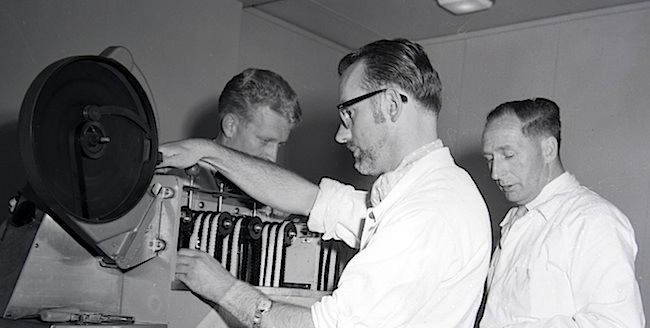
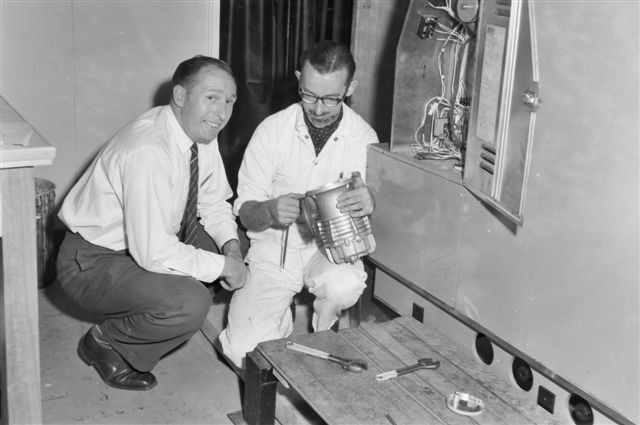
Jan remained with Seven for over 21 years until his retirement in the late 1980’s. He worked for both TVW in the motion picture department and for the TVW subsidiary, Group Color.
Film was an essential factor of the early days of television in Western Australia.
It was a time before videotape was introduced here in 1962, so there were only two alternatives: Live images from an electronic camera or content provided on film.
All recorded shows came on film, whether they be from the big Hollywood Movie Studios, who were now turning their hand to making television series, or shows coming from the big three American television networks of that time (ABC, CBS and NBC). The US Network shows came as kine-recordings (a film recording taken from a high persistence TV monitor of live US variety shows). British television productions often came as kine-recordings, though there were a number of shows made on film.
News footage was also provided on film until Electronic News Gathering (ENG) was pioneered during the 1970s, to be perfected and become the norm today.
Film had a number of shortcomings when it came to the inherent delay between shooting, transporting the film back, processing the film and then editing it. ENG could either be broadcast live as an outside broadcast or video recorded. The recorded signal was then edited electronically, rather than using the manual splices of film.
In the black and white days it generally took about an hour from shooting, transporting, processing (20 minutes) and editing before a film story could be presented to the telecine section for broadcast. A process known as ‘reversal’ was used to save time as this enabled the film shot in the camera to be the film projected by telecine, bypassing the need for an intermediary negative stage, then a positive print with additional processing. Reversal was also used for colour film, once colour TV was introduced in 1975.
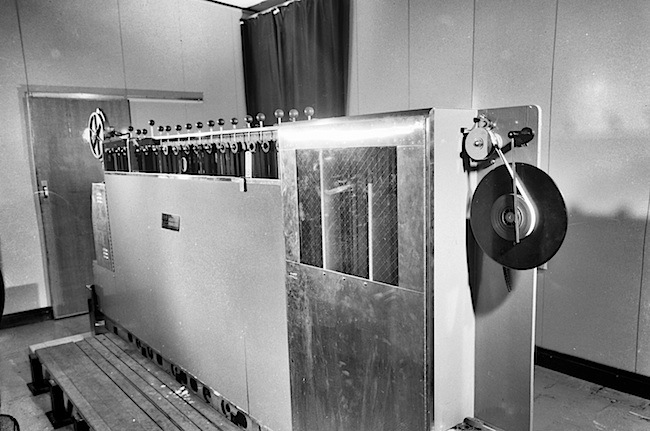
It was not long before ENG started making inroads, though heavy and cumbersome at first, the equipment has trimmed down over the years.
Until electronics took over from celluloid and the chemical processes, Jan was an integral part of film at Seven, whether that be in the developing laboratory or the quality control oversight of assembling film reels, that contained the shows and commercials for daily screening. He was a highly valued and well respected senior member of staff.
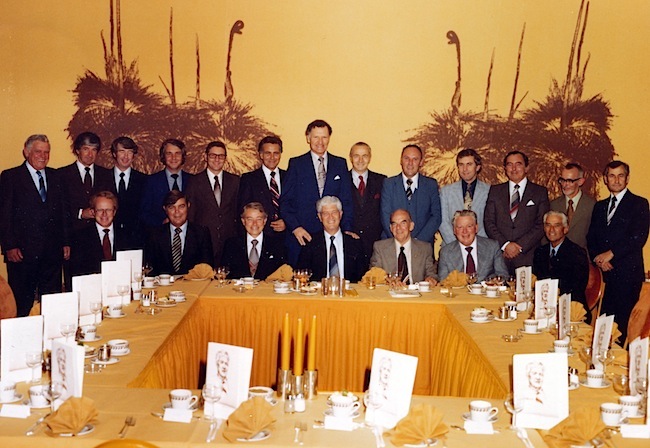
Back row, from left: D’arcy Biesot, Darcy Farrell, Greg Byrne, Dick Ashton, Kevin Bicknell, Max Bostock, Syd Donovan, Rolf Lindsey, Bernie Roddy, Wally Staniforth, John Hunn, Jan Vermazen, Alf Binks
Front row: Bill McKenzie, Joe Sweeney, Jim Cruthers, Frank Moss, Jack Donovan, Ken Kemp, Charles Hugall.
Richard Ashton points out how helpful Jan was when TVW staff were engaged in the making of promotional videos. This involved assisting production staff as they spent an hour or more previewing shows stored in the film vault, on a Steenbeck film viewing machine.
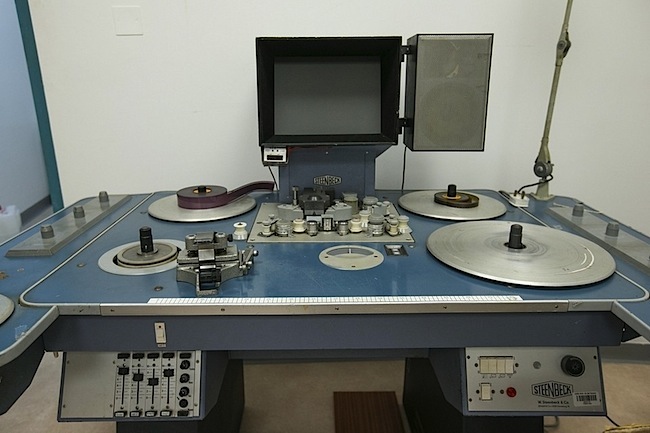
Eventually, TVW bought Group Color (WA) Pty. Ltd., where Jan had an important role in the colour film processing activities. When its founder, Ray Irvine left, former WA Newspapers Head Photographer Doug Burton became the manager, and when he retired Richard Ashton took over as the manager.
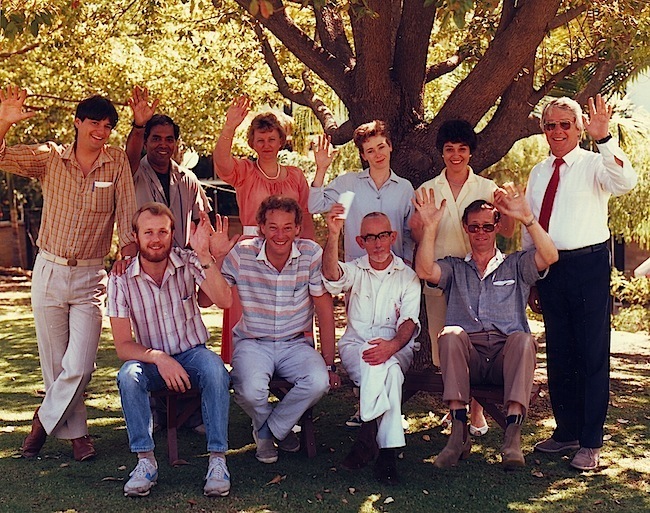
Front seated, Robin Page, Geoff Paynter, Jan Vermazen, Laon Klecha.
Richard details Jan’s work with Group Color…
After the advent of colour where all the news film cameras shot colour film, Group Color was built with new processing facilities. Even Channel 9 sent up their news film to be processed. Jan was in charge of this news film processor. The news cameraman would bring back their morning’s work and hand it to Jan who would quickly staple it altogether in the darkroom and at 12:30 PM press the start button on the processor. As soon as this was happily working away, he would get his neat little lunchbox and a chair and have his lunch sitting next to the film drying cabinet. It was regular as clockwork and done with much precision, which I think Jan enjoyed.
The news film editors, Ken Alexander, Norm O’Locklin and others would take Jan’s processed film back to edit it for the nightly news broadcast.
Jan other tasks were the printing of film and I will remember us purchasing a new American printer that copied 8mm and super eight film to 16mm prints, not only for the news but for private customers who came to group colour for this service.
Jan also supervised the other staff members who became involved in copying onto VHS videotape customers eight and 16mm films.
Jan loved his film work and his old NSU car.”
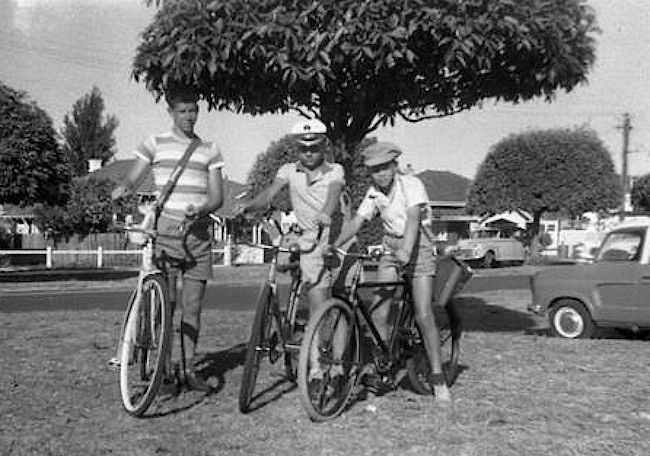
When Robert Holmes à Court gained control of TVW, he moved Group Color into Perth to service the colour photography needs of his Western Mail newspaper, but when he gained control of the West Australian, he disbanded Group Color. Thus ended Jan’s link with the company he had served so well for many years.
Sadly, Jan passed away on April 11th 2015, after suffering an massive stroke the previous week.
His stepson Wido Peppinck kindly advised that Jan was a very private man, who remained immensely proud of his Channel Seven days.
It is rare that an unassuming diminutive person leaves an indelible mark on their work associates and in some small way on the history of Western Australia, but a slightly built motion picture technician has left a legacy in the television history of Western Australia when film was the paramount medium for recording and broadcasting of programs.
This was an era when skills were required in all facets of film making, from camerawork, processing, editing to the use of telecine equipment, and the very success of each local broadcast such as News required the combined services of all involved, not just the presenters. The high quality of his backroom talents in the film processing has left Channel Seven’s archives, as well as other producers, with high standard much valued imagery, that survives better than the early videotape, which has since been rendered not only fragile, but obsolete, as emulsions deteriorate and the ever changing technology of recording television pictures make replay of vintage videotape recordings a precarious affair.
The film that Jan processed has ended up all over the world as News and important events passed through his hands before distribution. These events included the devastating Dwellingup bushfires, 1962 Commonwealth and Empire Games, Eric Edgar Cooke, the award winning Manhunt stories and many other News breaking reports. Though he was never in the limelight and in fact, never sought it, his rare skills and demeanour contributed significantly to the early success of Channel 7.
Jan was to remain at Channel 7 from its establishment in 1959 until his retirement in the late 1980s.
It was never going to be this way, for he was a classic example of the adage that life happens to people while they are busy making other plans. Born in 1924 in the Dutch East Indies (now Indonesia), spending his last 60 years or so in Australia would never have entered his mind, for he nurtured a dream from his early teenage years to join the merchant Navy and establish a career sailing the world. His dream was thwarted when his poor eyesight and the need to wear glasses rendered him ineligible for service in the Dutch merchant Navy.
His father was a senior Dutch Colonial bureaucrat in a mountain town called Bandung where Jan spent his first nine years in the cooler region of the colony. When his father completed his term of appointment and decided to return his family to Holland in 1933, Jan and his two sisters enjoyed a marvellous adventure when their trip to Holland from the Indies took them through the Suez Canal. Before returning to settle in the quaint Dutch town of Zeist, the family enjoyed a wonderful nine-month stay in the Swiss City of Montreux on the shores of Lake Geneva. Not only would young Jan had experienced the wonders of snow, but he recounted years later that on many occasions he watched the Orient express hurtling past Lake Geneva on its way to its exotic destination.
After returning to Holland and adjusting to the very different lifestyle, the family’s situation seemed very good for shortly after their return, Jan’s father was elected as a City Councillor with rumoured prospects of even greater success in public life. He had the status of a successful Colonial bureaucrat and seemed destined for bigger and brighter recognition.
However, not only did the ominous developments in Germany after Adolf Hitler’s rise to power have a profound impact on Holland, but the situation was made infinitely worse by the fact that Jan’s father had passed away suddenly and unexpectedly in 1937 leaving his young widow and three children under the age of 11. When the German military invaded Holland in May 1940, the area where Jan lived was plunged into chaos. Many inhabitants in the area were to subsequently die as a result of poor living conditions, and mistreatment as their German occupiers plundered the countryside, for labour, food and resources. Young Jan, then a spindly youth of 16, qualified for conscription as forced labour, and with his slight frame and stature there was great concern in his family of his ability to survive the rigorous treatment and conditions that forced labour may bring. Jan and his mother thus made concerted efforts to avoid him being pressed into service for the Germans.
Notwithstanding the enormous risks, Jan’s mother was able to arrange for him to take refuge on a farming property not far away from the German controlled areas. It was whilst Jan was in hiding that he celebrated his 16th birthday. Knowing her son’s love of anything to do with ships, his mother had given him a metal cover for a wooden cigarette box depicting a copy of a painting of one of the many sea battles fought between England and the Dutch republic in the 17th Century. He was to treasure it for the rest of his life and years later, had the item silver plated and having his name inscribed on the back.
In the early stages of the war, the Germans were content to allow the farming community to continue with little interference to their activities. Nevertheless, his situation was a dangerous one for both Jan and the farmer sheltering him due to the fact that the Germans were known to execute those who avoided the labour conscription to go into hiding. As well, any other the Dutch citizen who protected the “onderduikers”(as they were termed) was also shot immediately. As the war progressed and the Germans suffered significant losses and reversals, the shortage of labour meant that the need for conscripted labour became more pressing. Raids in the cities and countryside grew in regularity and intensity making Jan’s hiding position even more dangerous amidst the ever present threat of exposure by collaborators as well as the enemy troops.
The experiences of war were to have a lasting effect on Jan for the rest of his life. Like many who lived through that period of deprivation and fear, he never talked about the war but the legacy of the austerity required to survive during those years made him parsimonious in expenditure, making do with little and seldom throwing away utensils or papers, long after they had served their purpose. An unusual legacy was that again for the rest of his life, he never indulged in having a hot shower. Whether it was winter or summer, freezing or just cold, Jan had a cold shower every morning and every night. In his final years, the gas hot water system was not even turned on.
As if his life in Holland during the war had not been hard enough, the economy of post-war Holland offered little to a youth who was then only just 21 years of age. With no prospects of joining the merchant Navy and with no career thus far, Jan relied heavily on the promises of a wealthy Uncle in the United States who had successfully gained some influence within the Hollywood film industry. The young Jan thus concentrated heavily on learning film craft in the Netherlands with the aim of qualifying and gaining employment in the United States as a film technician. Sadly, his dreams of travel to and success in the United States never eventuated. As Jan was completing his technical studies and gaining experience, his uncle’s fortunes and career faltered. Soon afterwards, his uncle passed away unexpectedly, effectively ending any prospects of employment or a career in the United States. Undaunted, Jan achieved employment in the Dutch film industry within Holland and soon developed a solid career.
However, having spent many of his formative years in the Dutch East Indies and with the continuing post-war gloom in the Dutch economy, Jan took a giant leap of faith, and in the early 1950s, boarded a ship to the Dutch East Indies. He was single, self-reliant and believed in his own abilities. Again, world events again impacted on dreams, for shortly after his arrival, independence was granted to Indonesia resulting in lost job opportunities for Dutch citizens in the former colony. Jan thus faced the prospect of returning to Holland or seeking to make a fresh start elsewhere.
The decision by Jan to seek a new life in Australia was to chart the rest of his life. It was to result in a successful and challenging career and ultimately, to bring him into contact with the love of his life.
In the early-1950s, Australia was a very different country in both its population composition and in its attitude towards migrants. Regardless of qualifications or experience, migrants were required to undertake any work allocated to them and to abandon any hopes of merely continuing on in their areas of expertise. The heavily Anglo-Saxonized authorities had little interest in migrants from other European countries and thus assigned those particular migrants to areas deemed suitable.
Having made the decision to leave the new country of Indonesia, Jan boarded a vessel, which regularly plied its trade between Indonesia and Australia. Arriving ironically in Fremantle, Western Australia but then making his way to Victoria in late 1951, Jan launched his new life in Australia. Together with numerous other immigrants, he was subsequently sent to a large Migrant Labour camp in Bonagilla, Victoria near the Twin cities of Albury/Wodonga where he spent a short time.
Fortunately, Jan’s skills and expertise were recognised at an early stage after his arrival and he was assigned duties as a technician working at the Yallourn Power Station. This was indeed fortuitous for after a short period of employment at Yallourn, he made his way to Melbourne in an effort to gain more meaningful employment.
For once, the world stage assisted him in his quest for a career and success. Melbourne was on the verge of staging the 1956 Olympic Games and the talents and technical expertise of many immigrants was finally being recognised. Given his experience in the Dutch film industry in both Holland and in the Dutch East Indies, Jan’s technical abilities made a favourable impression which catapulted him to the forefront of selection in motion picture production of the Olympic events. He had expertise and high-quality experience not only in the medium of black and white film but also was considered to be an expert in the processing of colour film. Given his skills, he was snapped up to provide significant technical expertise which would enable television and movie studios to distribute film footage of the 1956 Olympic Games throughout the world.
His successful participation in the technical production of film footage during the Melbourne Olympic Games provided the launch pad for Jan to further his dreams of a career as a film technician in some of the leading world film centres. Continued to fine tune his skills and abilities is that the learning is evident to all who came into contact with him. He read avidly and absorbed every new technical development with a voracious appetite to succeed. Even if he had remained in Melbourne, his credentials and reputation would stand him in good stead for a comfortable career in that location.
It was the very success that he had engendered during his employment for the Melbourne Olympic Games in 1956 that caught the attention of recruitment personnel sourcing staff for the opening of Western Australia’s first television channel scheduled for a 1959 opening. Not only were “front of house” celebrities being recruited, but also staff with significant technical expertise to ensure success of the new television venture. Jan was thus approached and subsequently employed to provide technical expertise for the fledgling television station known as TVW Channel 7.
Notwithstanding his solid contribution to the initial success of TVW7, Jan continued to harbour dreams of international success as well as wishing to develop his technological expertise, and thus made overtures for employment elsewhere. His efforts were rewarded for early in 1961 he was offered employment in London, and thus made a decision to leave Channel 7. He crafted and submitted his letter of resignation and agreed to work out the remaining notice period before departing to London. He made plans to sell his quaint NSU Prinz vehicle that he had bought soon after arrival in Western Australia. It was a new production vehicle built in Germany and in many ways, unsuitable for use in Western Australia. Sales of the vehicle never took off in Western Australia, but for many Channel 7 employees, it was viewed as being “typically Jan” and identified strongly with him.
As a bachelor and living in West Perth, his nightly meals were more often than not at restaurants around the area where he resided. Whilst he had a well-rounded liking for most cuisines, he was partial to Italian food and ate regularly at a restaurant in Hay Street called “The Venezia”. It was there that he was to meet the love of his life and his companion for the next 33 years.
Annie Peppinck (as she then was known) was a waitress in the restaurant, and also being of Dutch origin struck up a conversation with the debonair customer during one of his regular visits. The conversation blossomed into romance and shortly over a year later, they were married.
Jan now faced a predicament in that he had already resigned from Channel 7 and was in fact booked to fly to London only a few weeks later. With his clinical view of life, he approached his boss and asked if it were possible to withdraw his resignation. His request was granted with the result that Jan remained with Seven for over 21 years until his retirement in the late 1980’s. During that period of employment he worked for both TVW in the motion picture department and for the TVW subsidiary, Group Color.
At no point in his later life did Jan express any regrets in not having pursued his dreams of an international career. He loved his work and colleagues at channel 7, and strived to remain competent and relevant in his work particularly when rapid changes in technology brought significant challenges in his later working life.
In his personal life, his decision to remain in Western Australia and his marriage in 1962 brought stability he had not previously enjoyed. Annie changed her name to Annette, and brought to the relationship two teenage sons and the challenges of parenthood. The family relocated to Inglewood from where Jan made the daily trek to Tuart Hill. Jan and Annette took to the social activities offered by Channel 7 and were regulars at the annual TVW Ball for a number of years. Jan continued his personal development and commenced learning the Russian language at night school as an adjunct to his busy day routines.
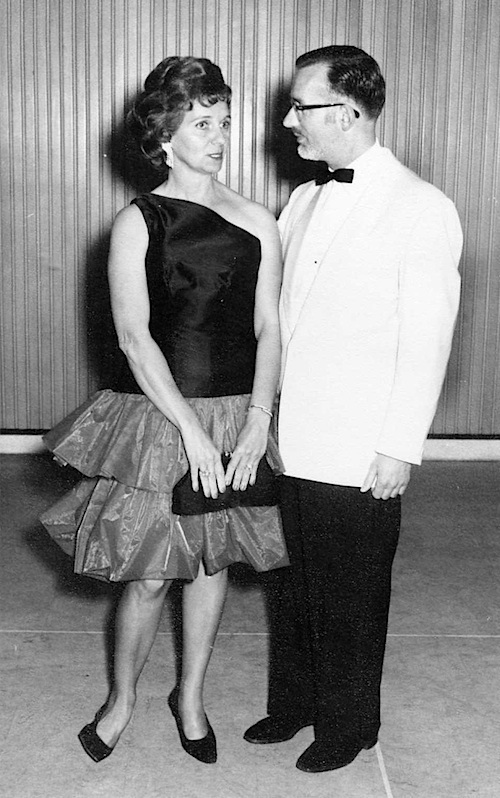
After renting for a period of years, Jan and Annette finally purchased a home which they had built in Greenwood and were to remain there for not only the rest of their married lives but also for the remainder of Jan’s life. Annette was a keen gardener and lovingly tended the garden resulting in an oasis of greenery and colour. Jan provided the handyman skills to facilitate her plans and as a result, the garden thrived prolifically.
The peaceful and blissful existence that they had created during the 1960s continued throughout the 1970s as Jan and Annette undertook a number of overseas trips to the land of their birth and Malaysia. Like Jan, Annette had been born in the then Dutch East Indies and sentimental journeys to the place of their birth in Indonesia were regular occurrences. They were adventurous and planned trips to various “out of the way” places. Their daily cuisine even at home was heavily slanted towards the Dutch Indonesian style food and their banquets of “ “Rijst-tafel” for friends and family were comprehensive and unforgettable. The joy of “grandparent-hood” commenced in the late 1970s and continued through into the 1980s and 90s with both savouring the contact with their grandchildren.
After the advent of colour television hit Western Australia in 1975, all news film cameras shot colour film. TVW’s subsidiary Group Color had a significant role to play in processing of that footage as not only did the company process news film footage for Channel 7, but rival television Channel STW 9 sent their news film to be processed as well. At the time, Jan was in charge of the news film processor. Jan was scrupulously fair in his commercial activities and maintained the utmost integrity in the manner this work was conducted. He gave priority to the job that was submitted first, rather than disadvantaging others to the benefit of TVW alone and thus treated Channel 9’s submissions with the same importance accorded to Channel 7.
During the 1980s, rapid technological change in the film and television industry meant that ENG started making inroads into the production area, thus rendering the film processing technology utilised in the 1950s and 1960s almost obsolete.
For Jan, this technological change impacted heavily on his potential for contribution to news film footage as video techniques took over.
When Robert Holmes à Court gained control of TVW Channel 7, he moved Group Color to Perth to service the colour photography needs of his Western Mail newspaper, but when he gained control of West Australian Newspapers, he disbanded Group Color. This effectively ended Jan’s career and the unbroken link with Channel 7, the company he had served so well for many years. Jan retired soon afterwards.
Sadly, the halcyon days and unforgettable domestic bliss between Jan and Annette came to an end in 1994 with the passing of Annette. She had undergone surgery for a heart valve replacement early in 1981 but as the decade ended, the pig’s valve which had been inserted had begun to fail. Annette had been in poor health for some time and continued to deteriorate dramatically during the early 1990’s.
After her death, Jan lived a simple and frugal lifestyle. He remained in the house and in many ways retained the decor and garden as a tribute to her. Ever the practical man, he continued to tend the garden but never with the same flair or enthusiasm that she had brought to her passion but nevertheless the regular watering and maintenance had it looking as neat and tidy as in her day.
The twilight years of Jan’s life were thus a mixture of happiness punctuated by the sadness of losing his life companion and soulmate, Annette. The two had continued to travel until her failing health had rendered this impossible and they had continued to revel in the close relationship with Annette’s sons who had gained strong careers as a diplomat for Australia and a Corporate Lawyer.
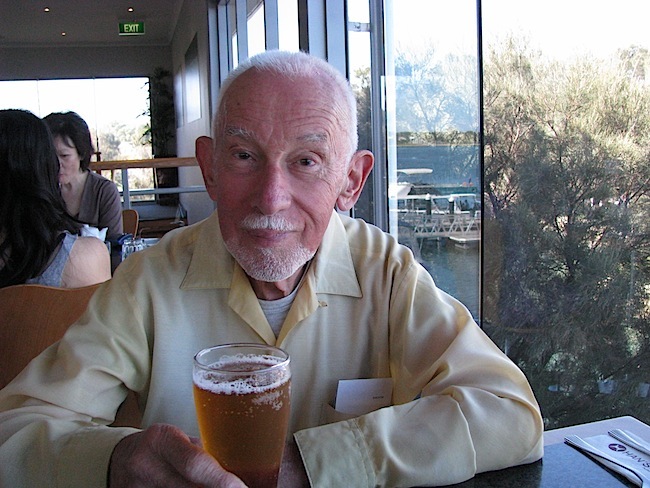
During his last twenty years of life, Jan developed a passionate interest in antiques and in particular, ceramics. Many of his days were spent attending auctions to purchase items which he considered would be family heirlooms for the ever-growing family he had inherited. He was a mentor and guide to his stepchildren and grandchildren, an individualist, a listener and a thinker. Above all, he cherished his memories of Annette.
Jan was a very private man, who remained immensely proud of his Channel 7 days. Though he did not attend regular reunions, he retained the paraphernalia associated with the reunions and poured over the lists of those who were invited or attended.
Jan’s health was to be a source of inspiration to his family. He had never played sport in his younger days, yet was fitter than most even then. Throughout his life, he only took cold showers and until 2012, walked 5km daily. He was seldom ill and cursed himself, when at the age of 88, he was hospitalised for the first time. He had fallen whilst climbing a few stairs at the back of his house and it had resulted in a broken shoulder bone. He spent six weeks in hospital and made a full recovery to the extent that he was able to resume his daily walking routine with ease.
Jan remained active in his life, and walked 30 minutes daily until the day of the stroke.
His self discipline was amazing and is now family folklore. Everything from the quantity of his breakfast cereal and the amount of wine consumed each night was carefully measured. He required an annual motor test to retain his licence in later years, and visited the Morley area beforehand to familiarise himself with the road layouts (that worked for him until his 88th birthday), and until the day of the stroke, walked 15 minutes to the shop and 15 minutes back carrying his self imposed limit of 2kgs. He was a remarkable man who still trained to the library weekly from Greenwood to research his passion area of antiques.
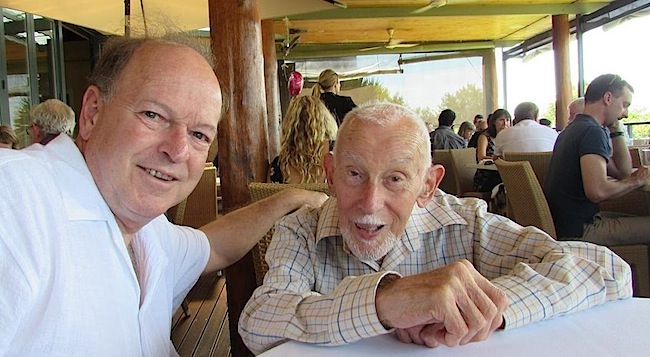
Sadly, Jan was in his 91st year when he passed away on April 11th 2015, after suffering an unexpected and massive stroke the previous week. Following the stroke, he had lapsed into a coma. It offered no quality of life and the prognosis was that he was unlikely to recover. Mercifully the Lord came quickly to take this ordinary, yet extraordinary Dutch-born Australian, the sort of person you pass in the streets, who still bids you good-morning, stands in the supermarket queue and gives you a smile. Ordinary, good natured, one of “us,” but underneath it all, an exceptional man.
As a testimony to his intense determination and character, it was only after his death that family became aware of the significant charitable donations he made to organisations such as the Salvation Army, Smith family and CBM. They were regularly made and received by the organisations with gratitude.
We will miss him.
Stepson Winfred Peppinck added the following observations….
There was to be no funeral, no flowers. His last written instructions to me were to be “Let Prosser Scott do their job without interference”. He was a very private man like that….
With his neatly trimmed white beard, dark hair and stern looking glasses, this diminutive, dapper, demure Dutchman, changed all our lives as he moved into them. We called him “Panda Bear” and it stuck for ever. If the fact of turning his back on London, while at the technological cutting edge was gone forever, it appeared not to bother him at all. He became a naturalised Australian, took the reprobate teenagers and moulded them to appreciate finery, dress, manners and the pursuit of education. My brother becoming a highly successful corporate lawyer and me a diplomat who finished up as an adviser in a Royal Court in Bahrain, staying for a decade. We owe Panda everything.
We shall remember him not just as a father figure, for he was bigger than that. He was a mentor and guide, an individualist, listener and thinker. Panda was generous to his family, yet parsimonious in himself.
He wanted no funeral service, he’d already planned and paid for it, long ago. He was that sort of man. We will miss him mightily. Vale Panda.
Johan (Jan) Karel Vermazen,
Born; Bandung, Indonesia, 10th September, 1924
Died; Sir Charles Gardiner Hospital, Perth 11th April 2015
Adoring husband of Annette (dec), much loved step-father of Winfred and Wido, Wendy and Alison, Judy, Helen, “Opa” to Adam, Bradley, Sasha and Julian, revered great-grandfather, loved Uncle of Veronique and Edith, friend to many in his neighbourhood. Will be greatly missed for his wisdom and guidance.





